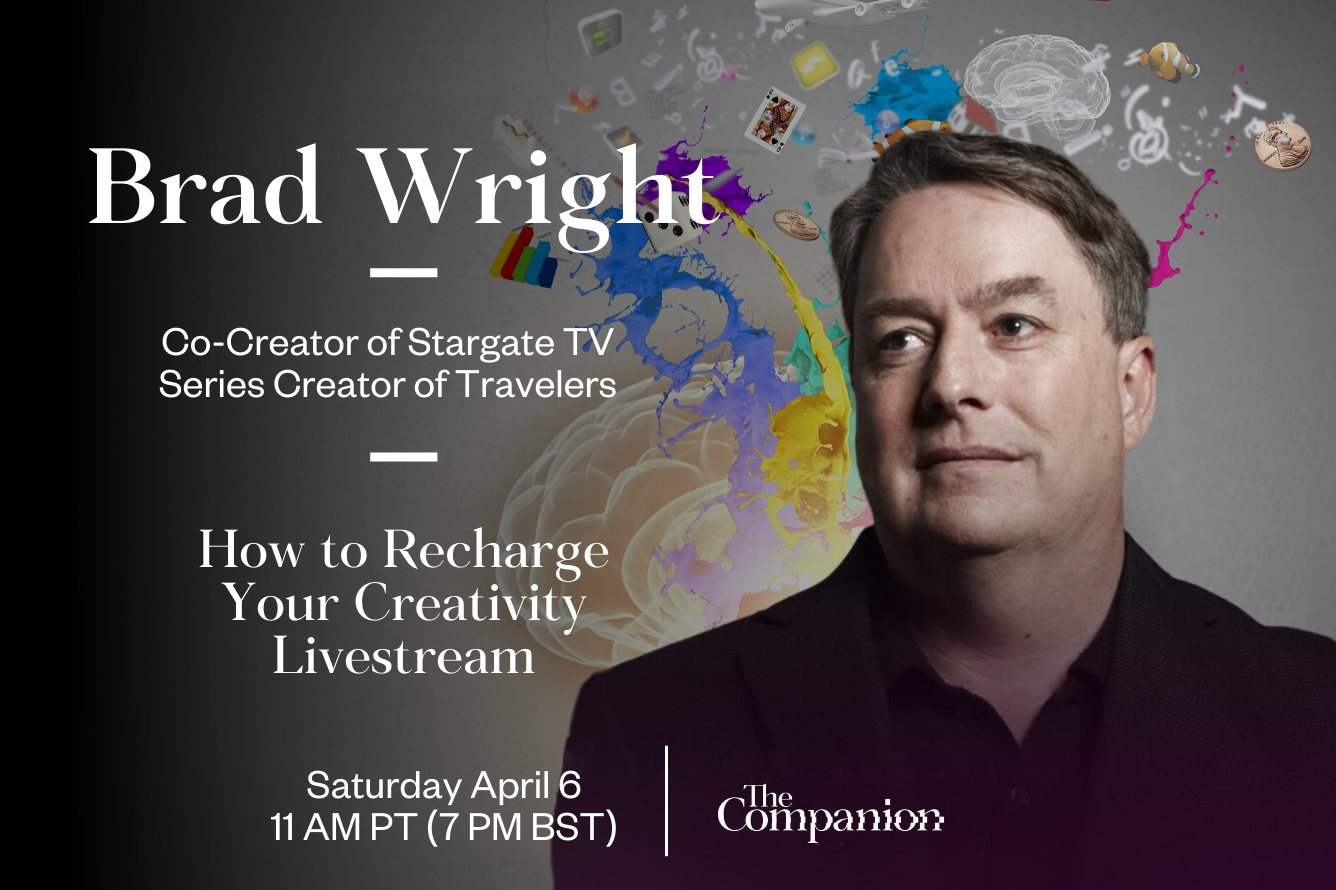For movie geeks like us, it’s rare to happen upon a film you know little or nothing about. But that was exactly what happened in the late 1990s in a flat in North London when I came back one night from the pub. I switched on the Sci-Fi Channel (as it was then) and was confronted with an earnest-looking anchorman telling me about death and destruction that was happening all over America.
I’ll be honest, at first I panicked (I might have been a little drunk at the beginning). And then when I watched more, I realized what was going on. This was a film shot in the style of a live news broadcast…and it was brilliant.
The logline was this – asteroids were hurtling towards Earth and the movie showed our response via national and international correspondents on the ground in Asia, embedded with NASA, and through explanations from the TV studio. We watch the carnage, the fear, and the militarism live. Right down to the terrifyingly downbeat ending.
It was a gag piece, a throwback to Orson Welles’ War of the Worlds and I was immediately obsessed. The EPG told me the film was called Without Warning, it was directed by She’s All That’s Robert Iscove (seriously) and written by a former journalist called Peter Lance (though there are also credits for Jeremy Thorn who I’d never heard of and Wild Bunch screenwriter Walon Green).
I wasn’t a big Trek fan so didn’t recognize John de Lancie at the time. I had never seen the lead broadcast, Sander Vanocur, before. His co-anchor was played by Jane Kaczmarek, who would go on to be in Malcolm in the Middle. If any of you are Law & Order fans, you’ll identify a raft of the cast members here playing news correspondents, but they were unknown to me then.
No one I know has ever seen it and I’ve never seen it pop up until I was in a YouTube hole earlier this year and found the entire film there. I devoured it and my fixation was renewed. Only this time, I was in the position to actually figure out what the hell this thing was, how it got made, and whether I was insane thinking I was one of very few people to understand its genius. So I started to investigate.
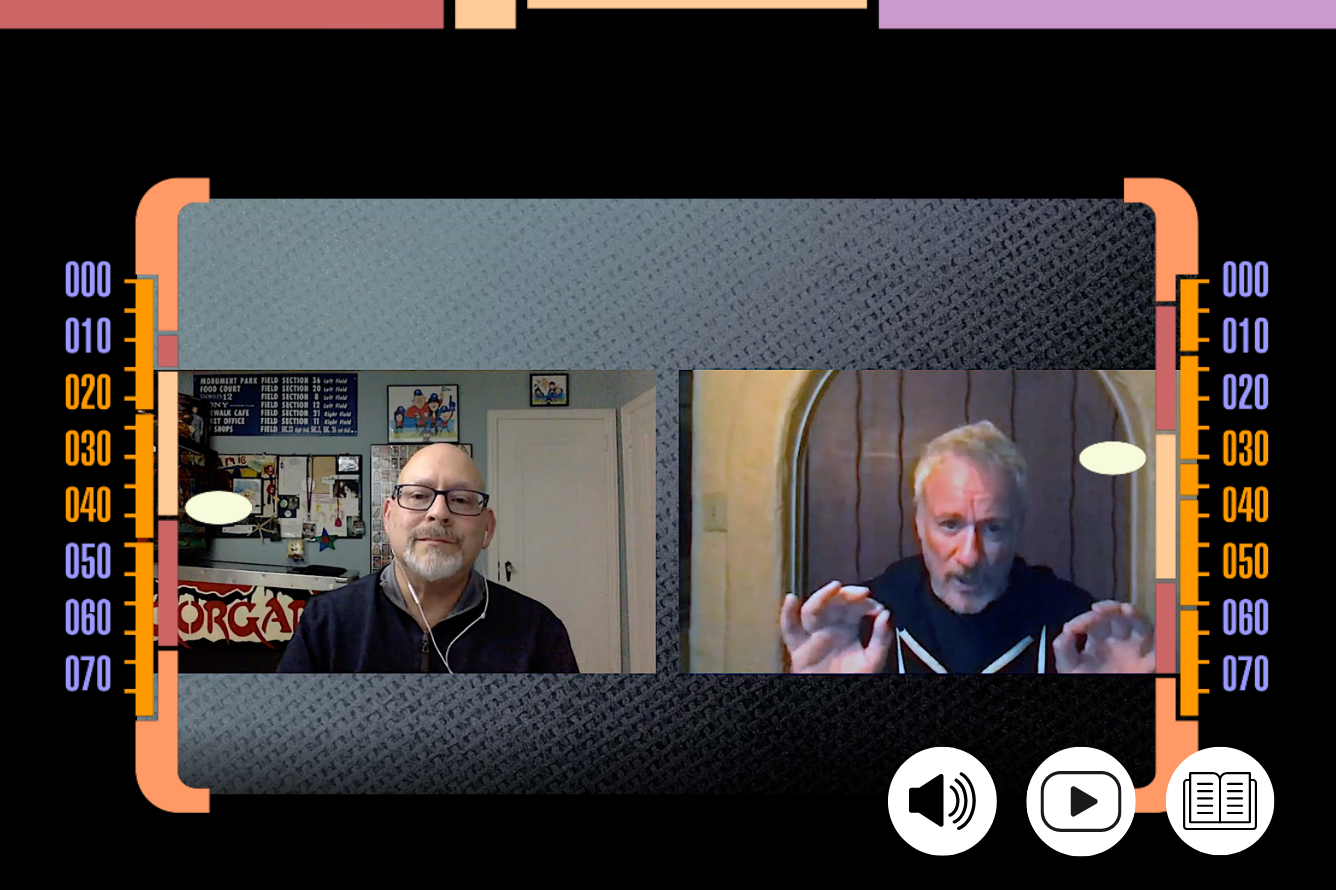
As Told By
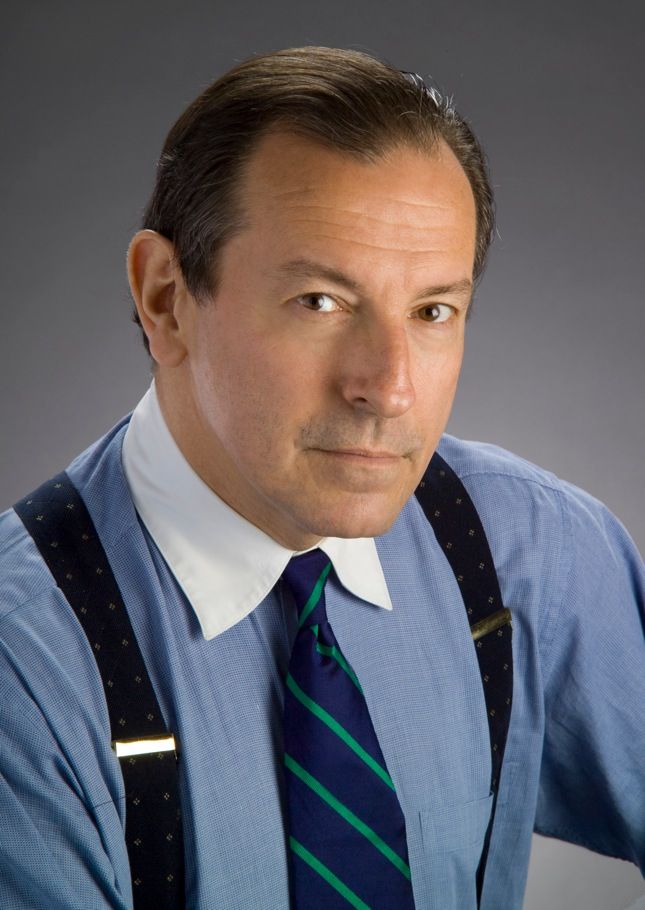
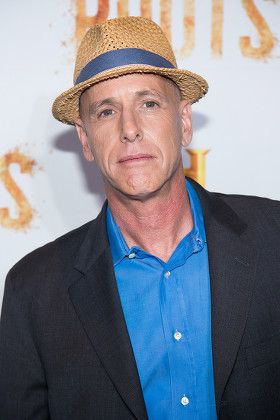

The Bizarre Origin of Without Warning
“I had done a pilot for [producer] Mark Wolper called On Trial that aired on NBC,” Peter Lance tells me over the phone from California, where he is now a successful true crime writer. “Mark knew that I had been a correspondent for ABC News and at some point, very close to production [of Without Warning], they didn’t feel like they had a strong enough shooting draft. So on a Friday afternoon, Mark called me, I kind of dropped what I was doing and agreed to do it.”
Incredibly though, the genesis of the project began more than two decades before that, from the pen of iconic Omen writer David Seltzer.
“We used to have this bookshelf with all these scripts, right?” says Mark Wolper, recently an executive producer on Bates Motel, after I email him to arrange a chat. “Every once in a while I’d just go over and I don't know if partially out of boredom or partially out of hoping to find something, you just go through and go, what's that? What's that? And then we saw this. It wasn't called Without Warning. I take it out and start reading it and I'm like, holy shit, look at the date on it. It was written in like, 1968, 1969. I had the whole script completely retyped with a different date on it, but I didn't change anything else. And we sent it to CBS and they bought it!”
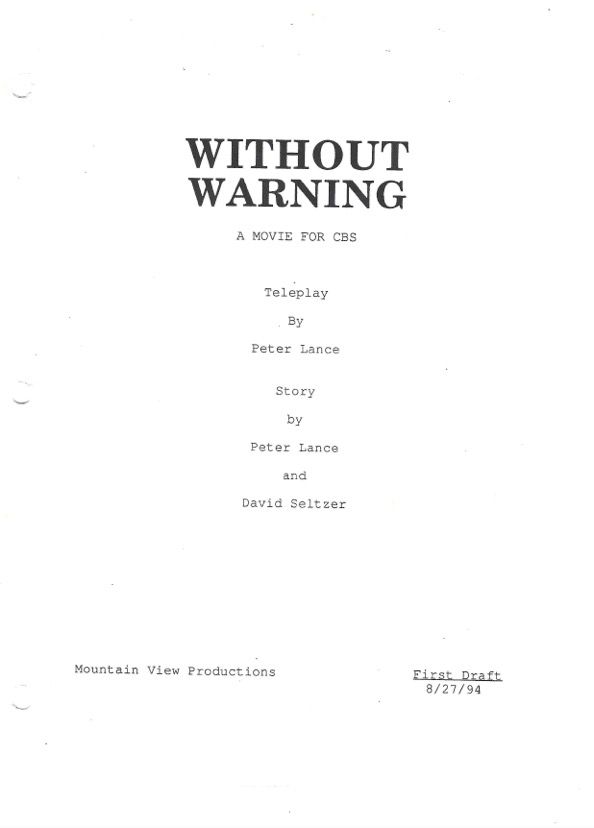
Seltzer would end up taking his name off the movie (that’s why the Jeremy Thorn pseudonym is there – the surname a nod to The Omen’s antichrist, Damien Thorn), but the core tenet of the plot remained – aliens were coming to say hi utilizing near-Earth asteroids and we were witnessing it via the news in (a version of) real-time. Then the world went crazy and tried to blow them out of the sky and ended up destroying the planet in the process. The premise was particularly clever as it meant you could do an alien movie without actually having to show any aliens at a time when CGI was either extortionate or rubbish.
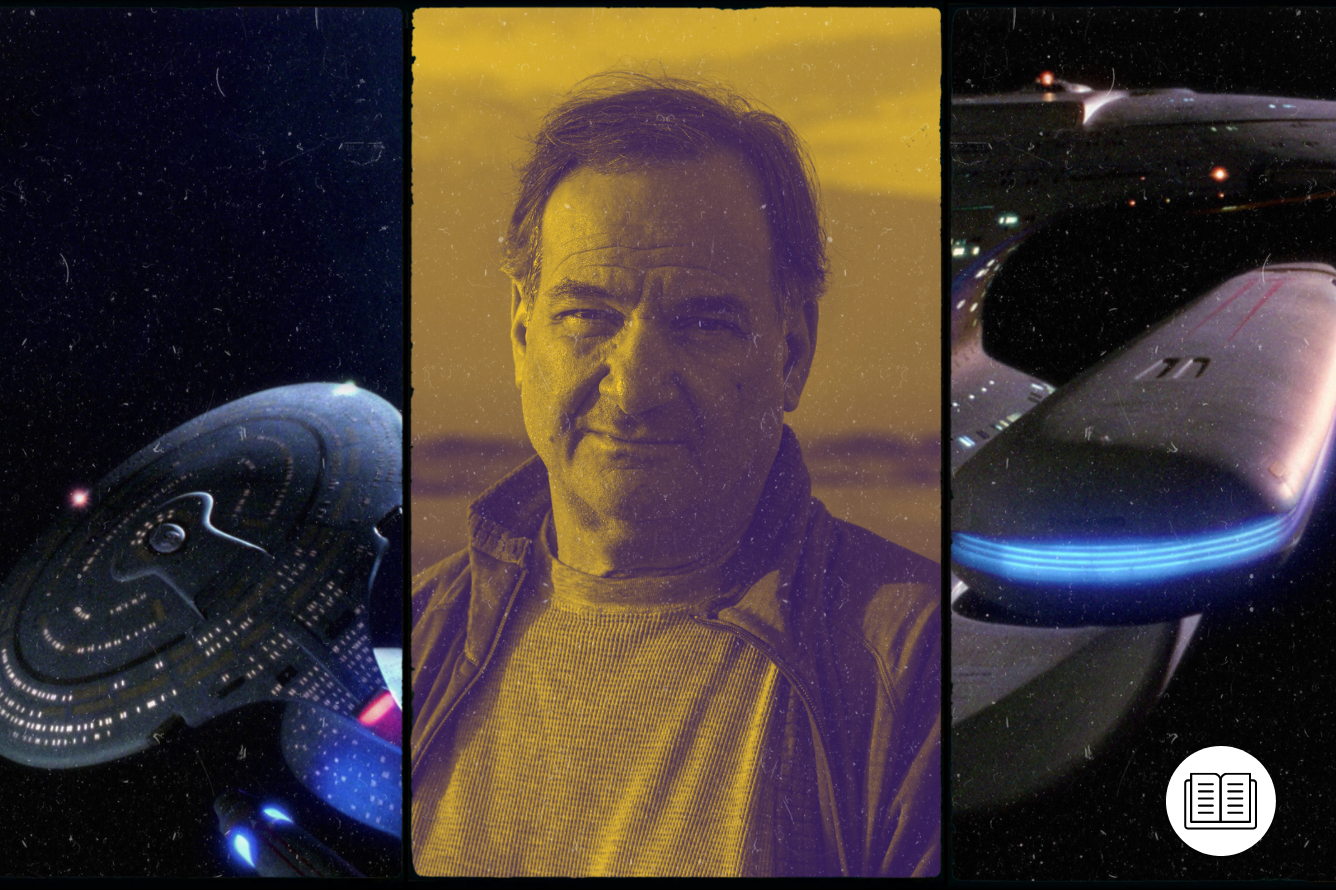
The Authenticity of Without Warning
Key to the film’s success was verisimilitude. It had to feel like a real broadcast and the actors needed to say their lines authentically.
“Sander Vanocur had always been one of my heroes growing up in Newport, Rhode Island, and watching NBC News,” explains Lance. “He was the White House correspondent during the Kennedy years. He just brought so much credibility and gravitas.”
Vanocur was joined by fellow real-life journalists Sandy Hill, Bree Walker, and Ernie Anastos, alongside the cast of proper thespians.
“There were a lot of reporters we went to that said no,” admits Wolper. “And it's funny because I remember Sander Vanocur is like, yeah, hell, I'll do that. He was like on board right away. It is very, very hard for actors to play news people because it's such a rhythm of how they talk. And by default, news reporters are not good at acting either. It was a very tricky balance.”
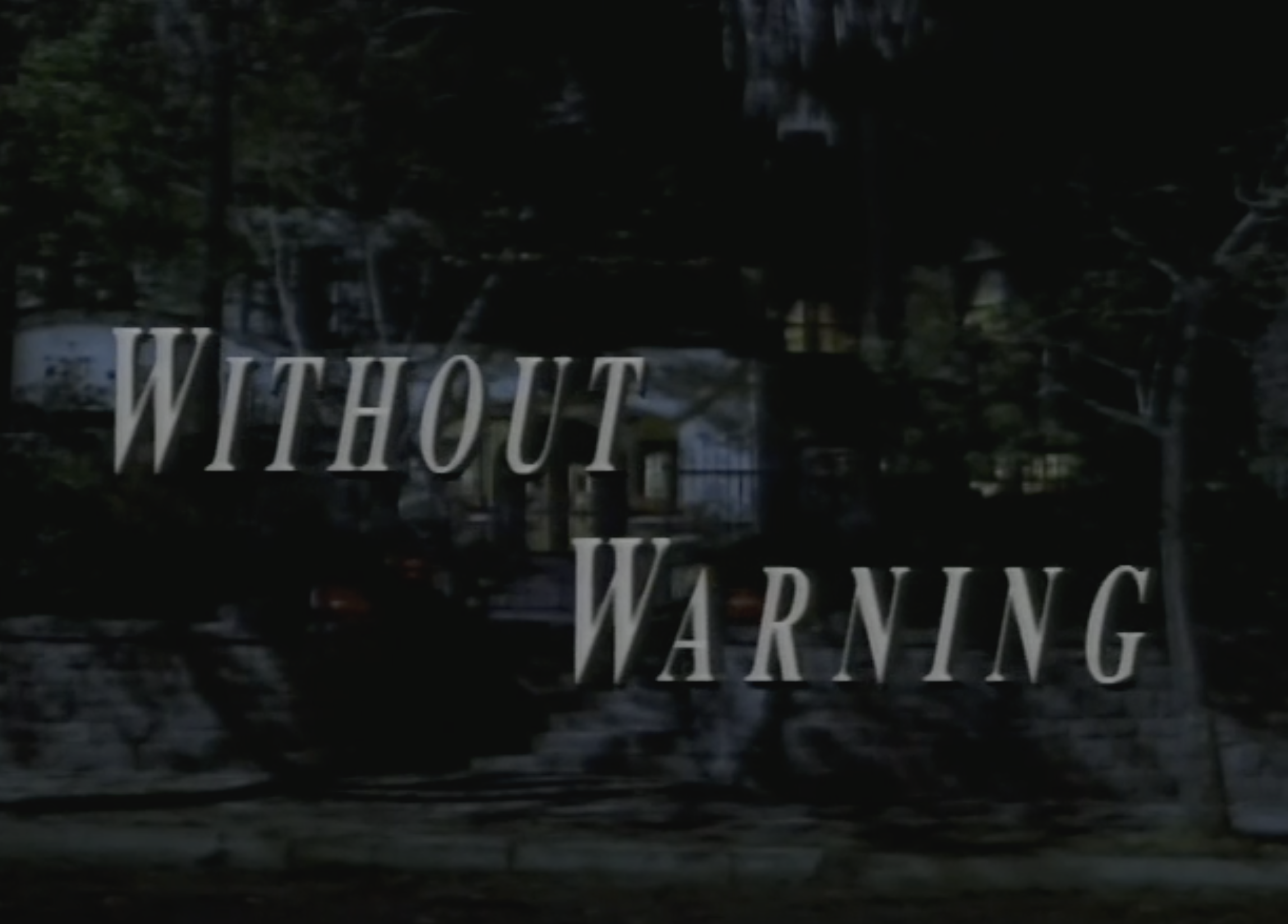
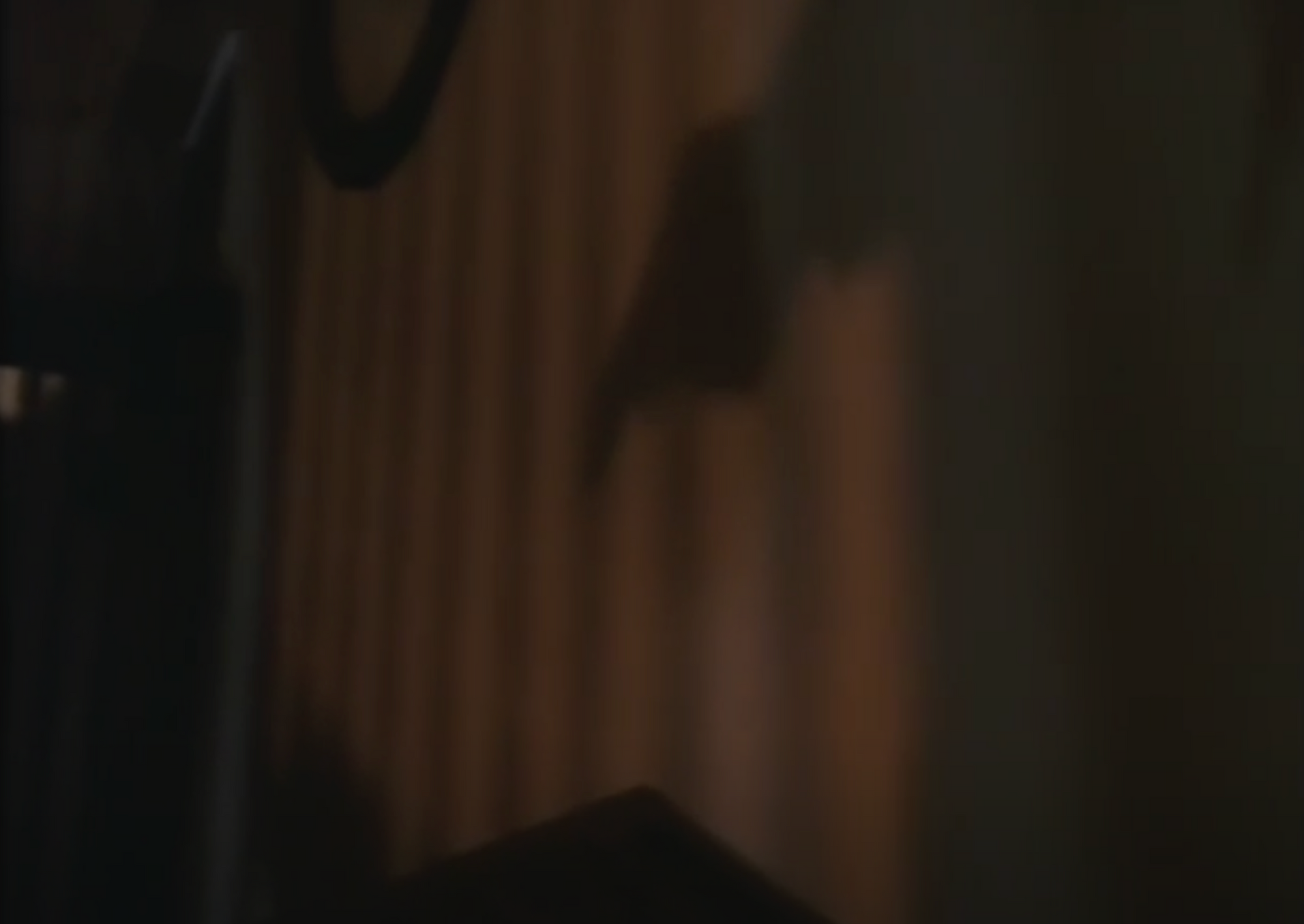
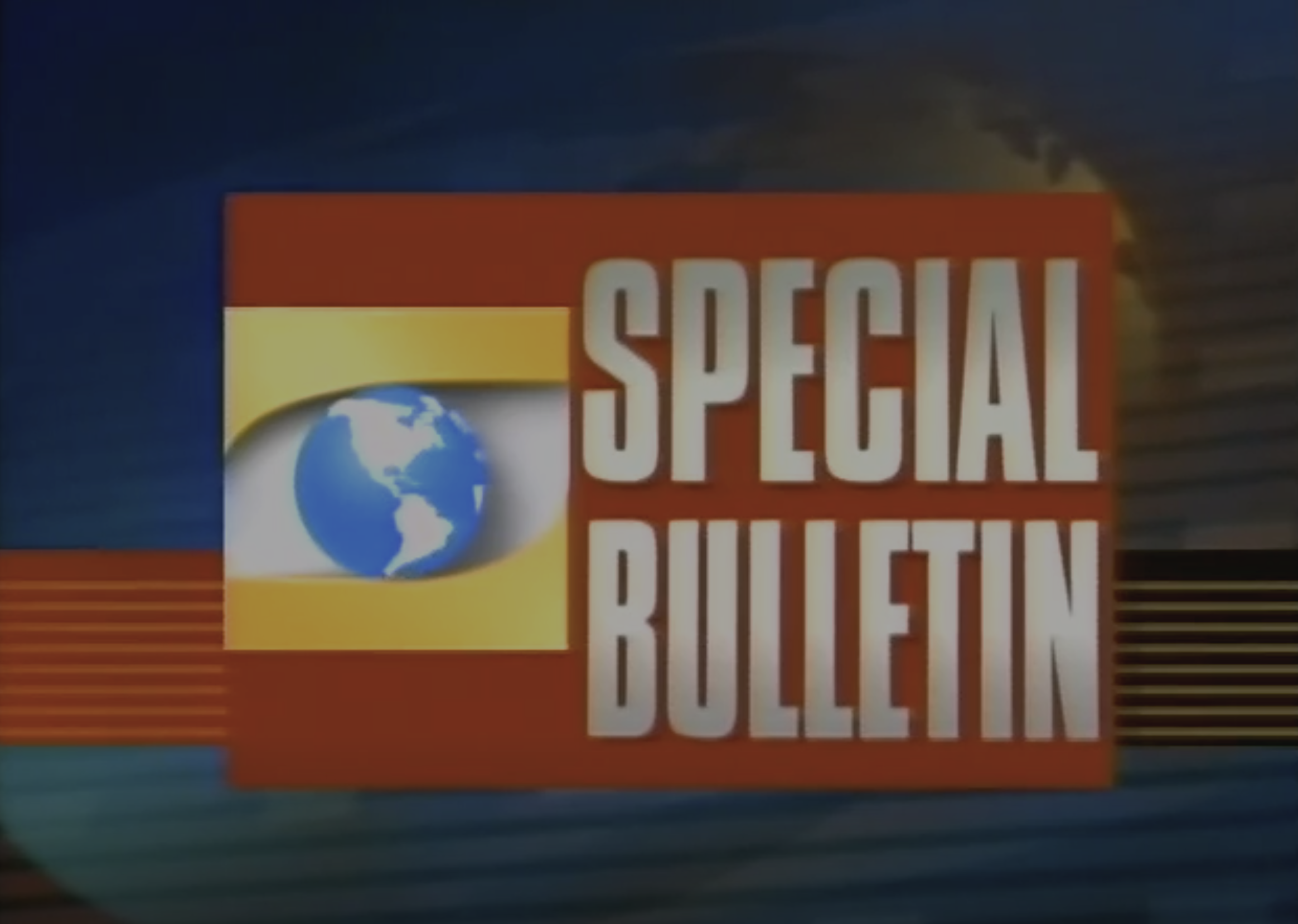
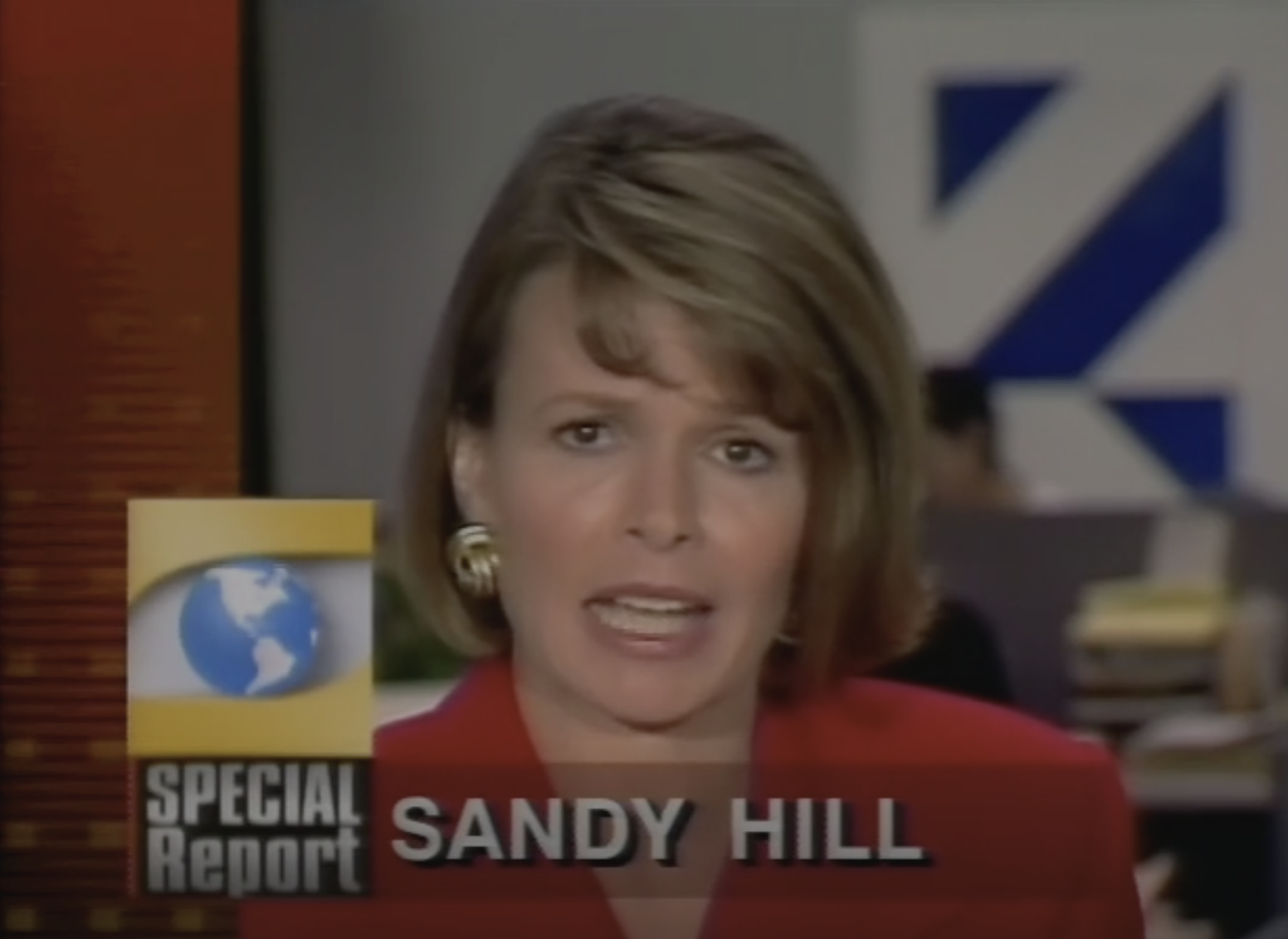
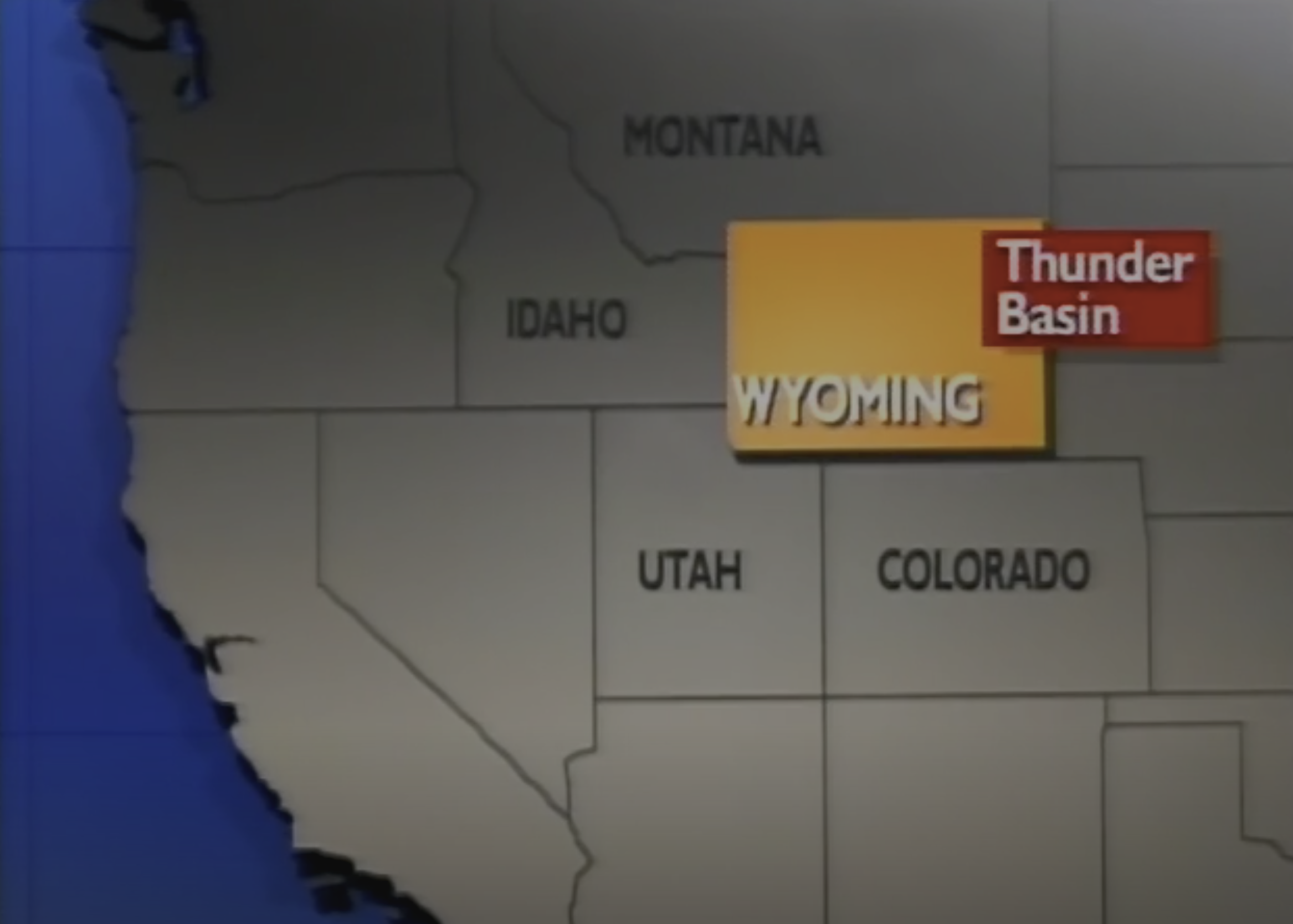
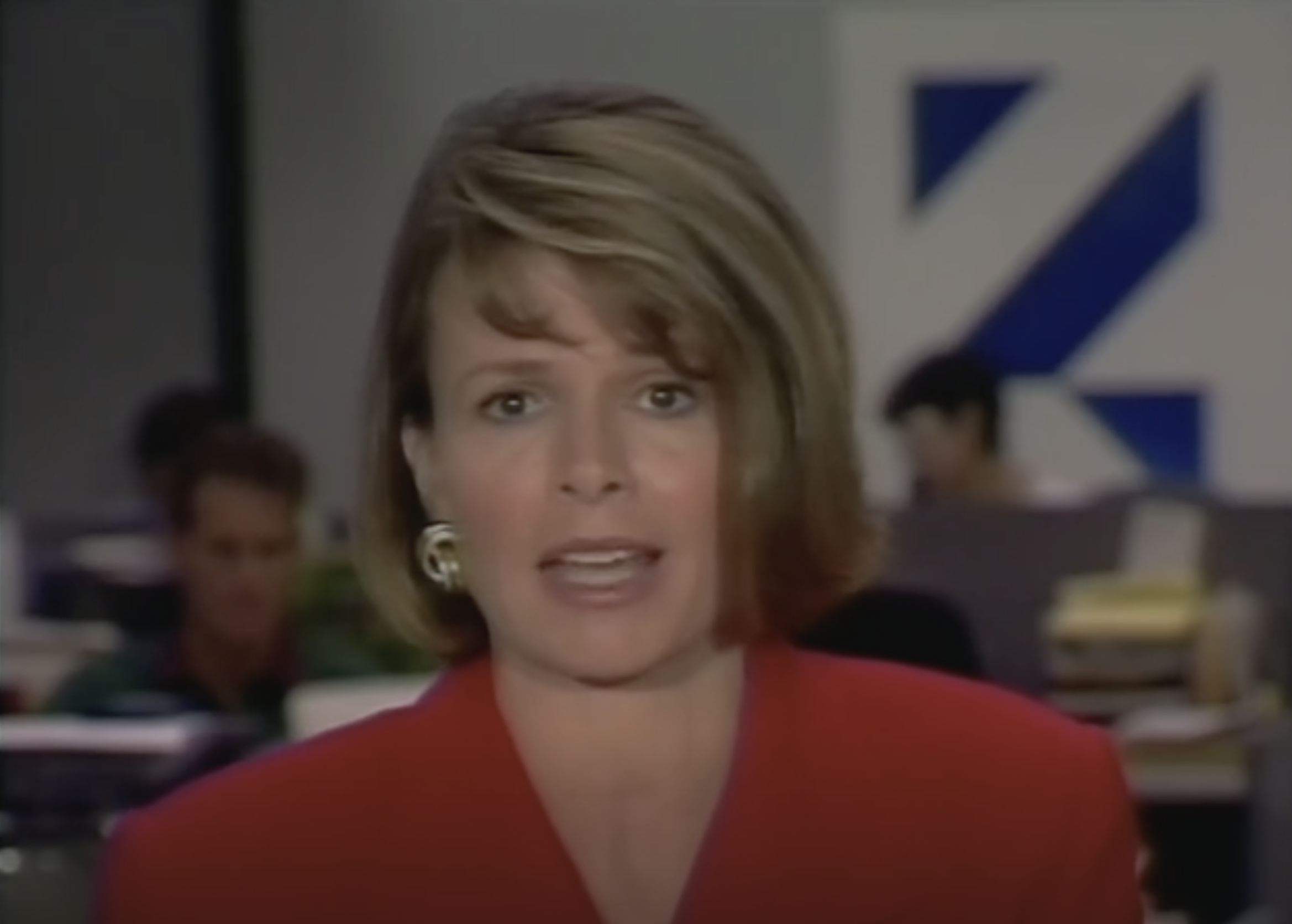
One of the cleverest conceits of the film is how it starts. The channel didn’t promote Without Warning beforehand in order to maintain the surprise and instead marketed a new TV movie featuring former Mrs Burt Reynolds Loni Anderson (in Lance’s script it’s Victoria Principal) and Dynasty star Ed Marinaro as being in its slot. Vanocur was then able to disrupt said film with a breaking news alert, guaranteeing an even more disorientated audience.
“We knew that we needed to interrupt a TV movie,” laughs director Robert Iscove all these years later. “We needed stars who were willing to do that so that they could market that. People would tune in to watch Loni Anderson in a TV movie. And then when you interrupted that movie, they would be suckered into it.”
“I remember showing it to people after I had done it as examples of my work,” he continues. “I would then go into meetings and they said, ‘Well, they started with this movie, but then it cut away to all of this stuff. You're not going to believe it. Something must have happened to the tape.’ I went, ‘No, that's the movie.’”
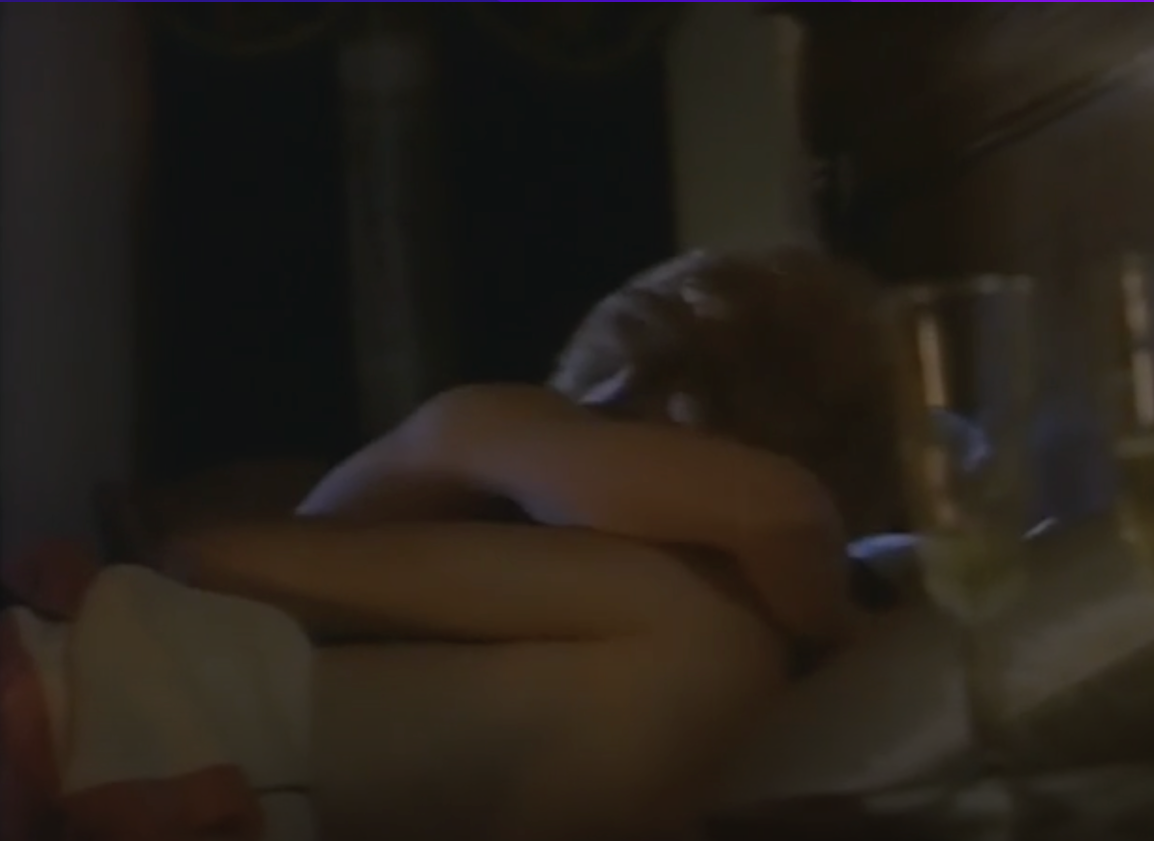
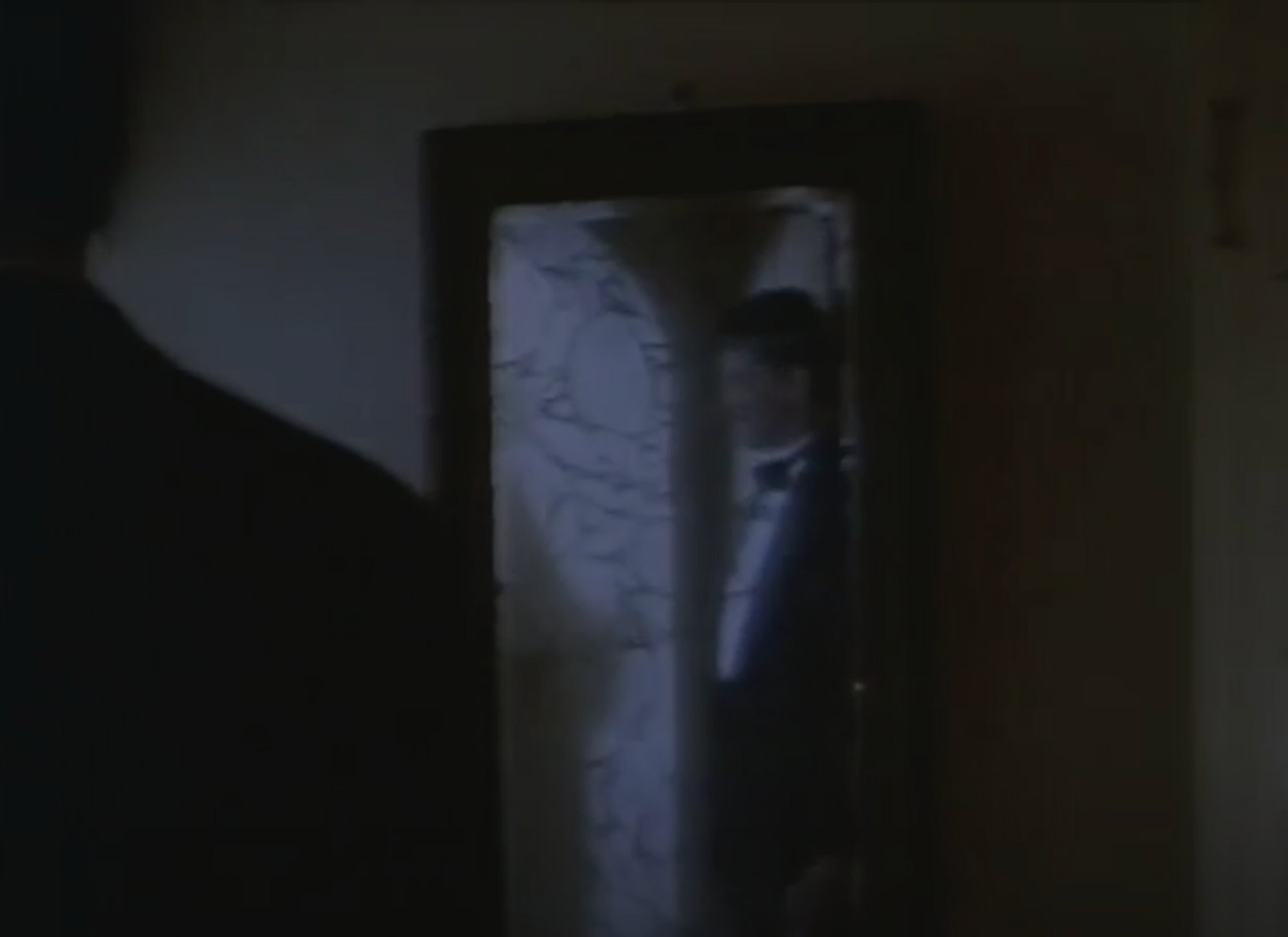
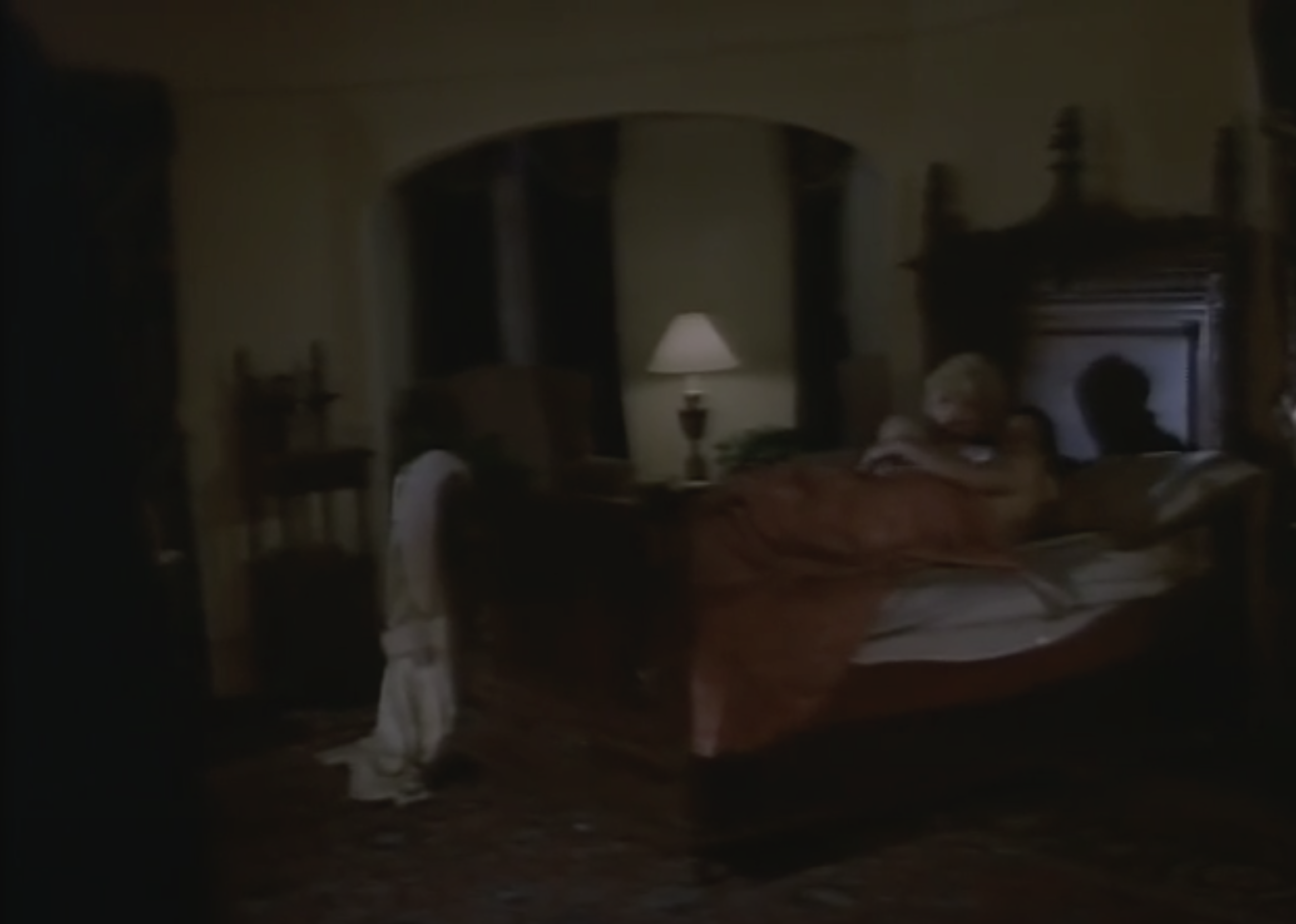
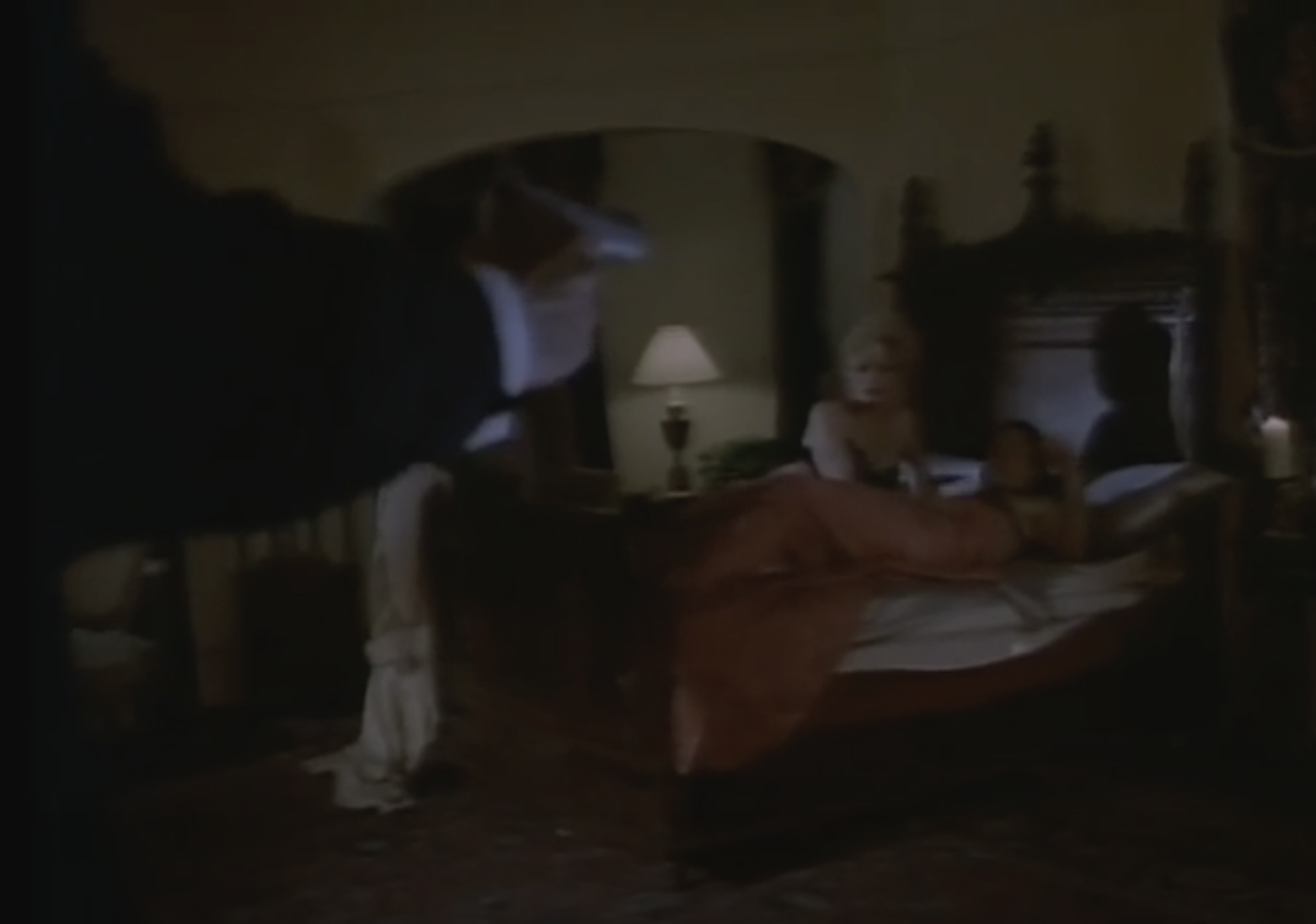
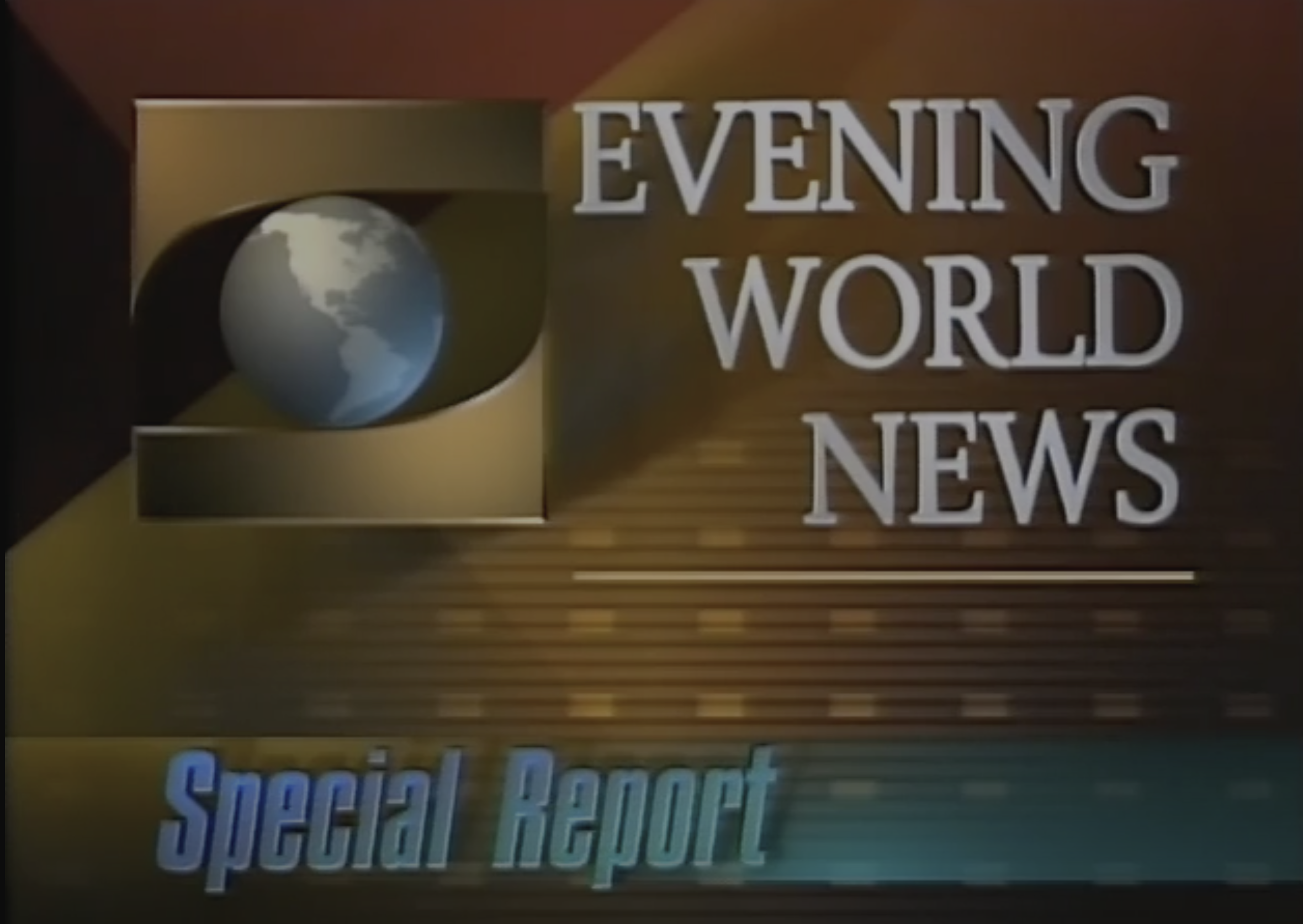
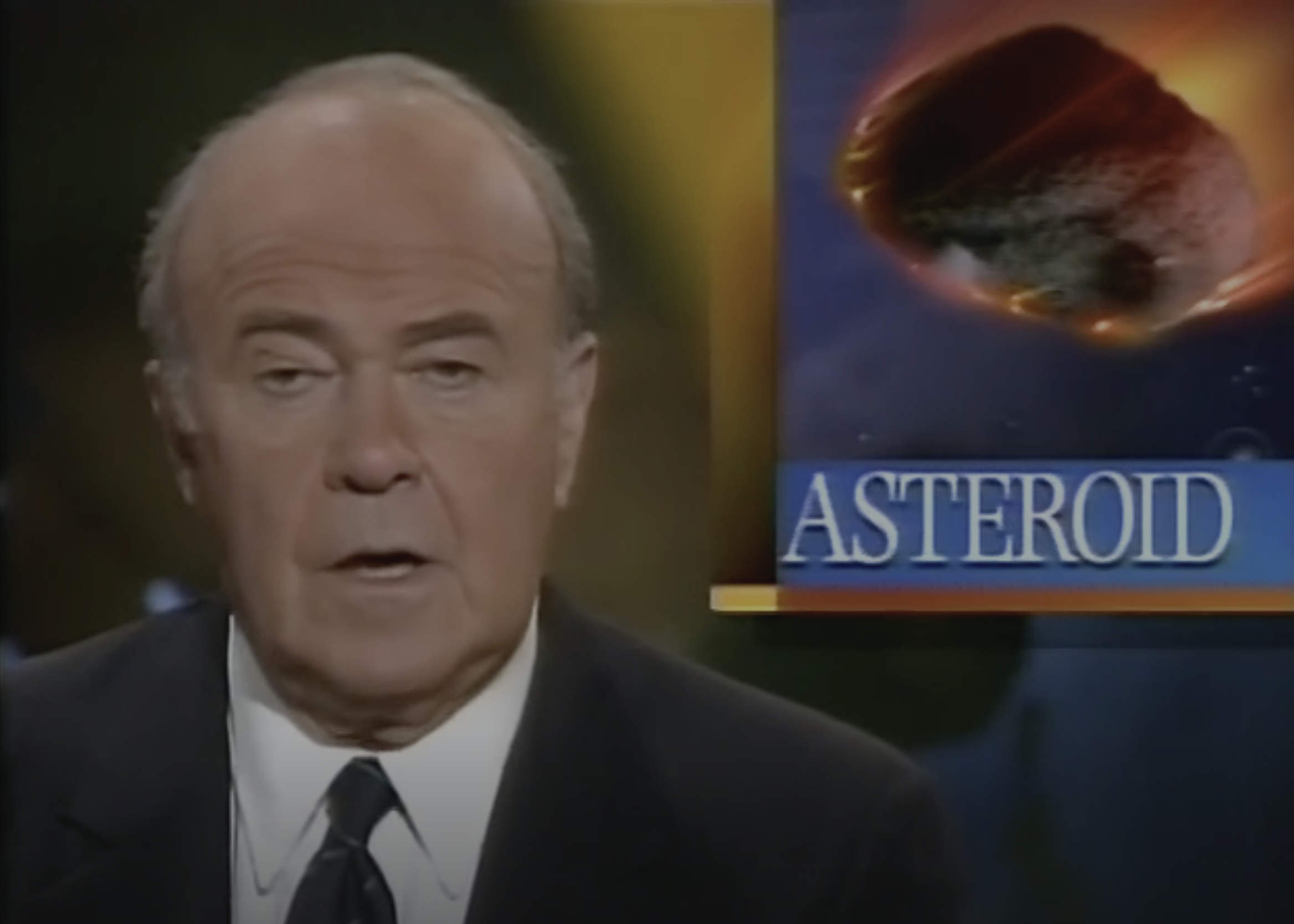
When I saw it on British television a few years after its initial airing, I got it unvarnished which definitely added to my admiration. And in the spirit of Orson Welles, that’s how it was originally intended to go out on CBS. No letting on that this was pretend whatsoever.
“In the initial stages, CBS was very supportive of us faking it as best we could,” says Wolper. “They were completely on board. It was just as we were starting to go through the process, I think we were so successful, they were actually getting scared. They were backtracking because Rob [Iscove] and Peter and everybody, the team had done such a good job of it.”
“They were really worried it would have the same type of panic effect that the original War of the Worlds had,” says Iscove.
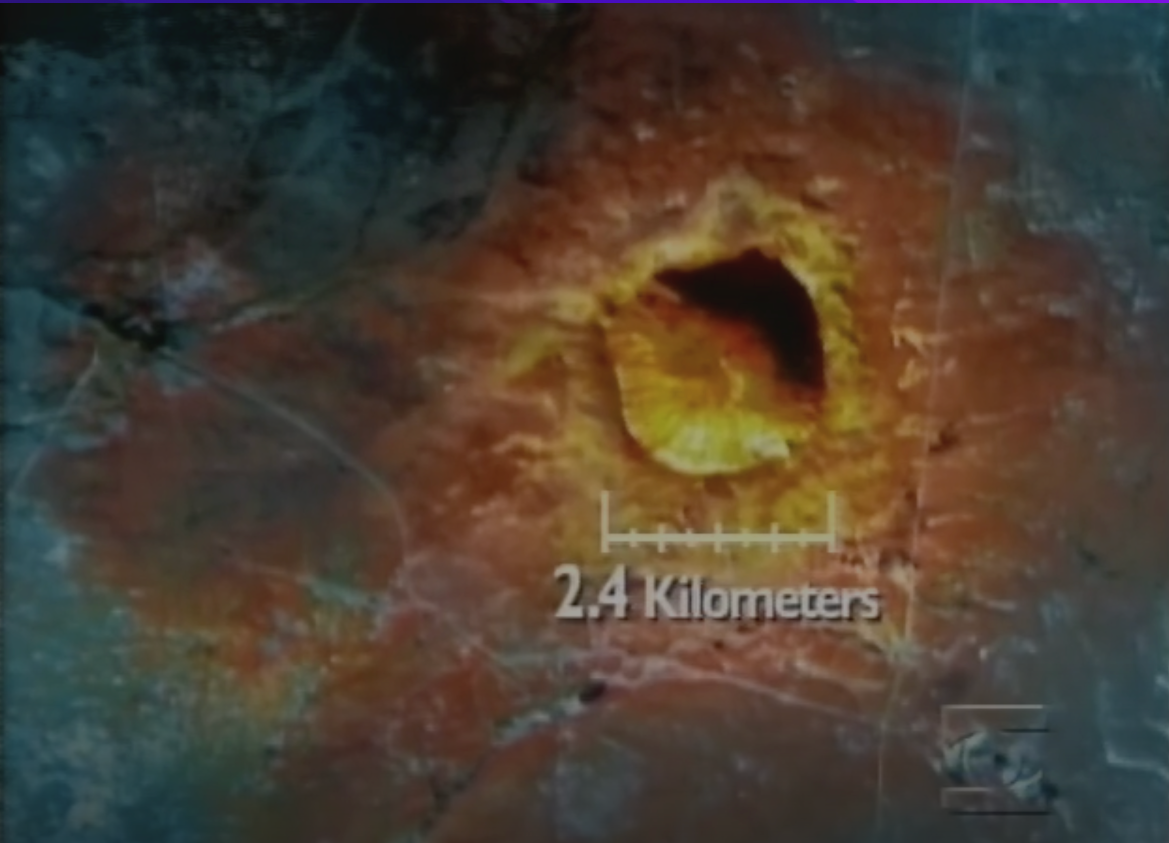
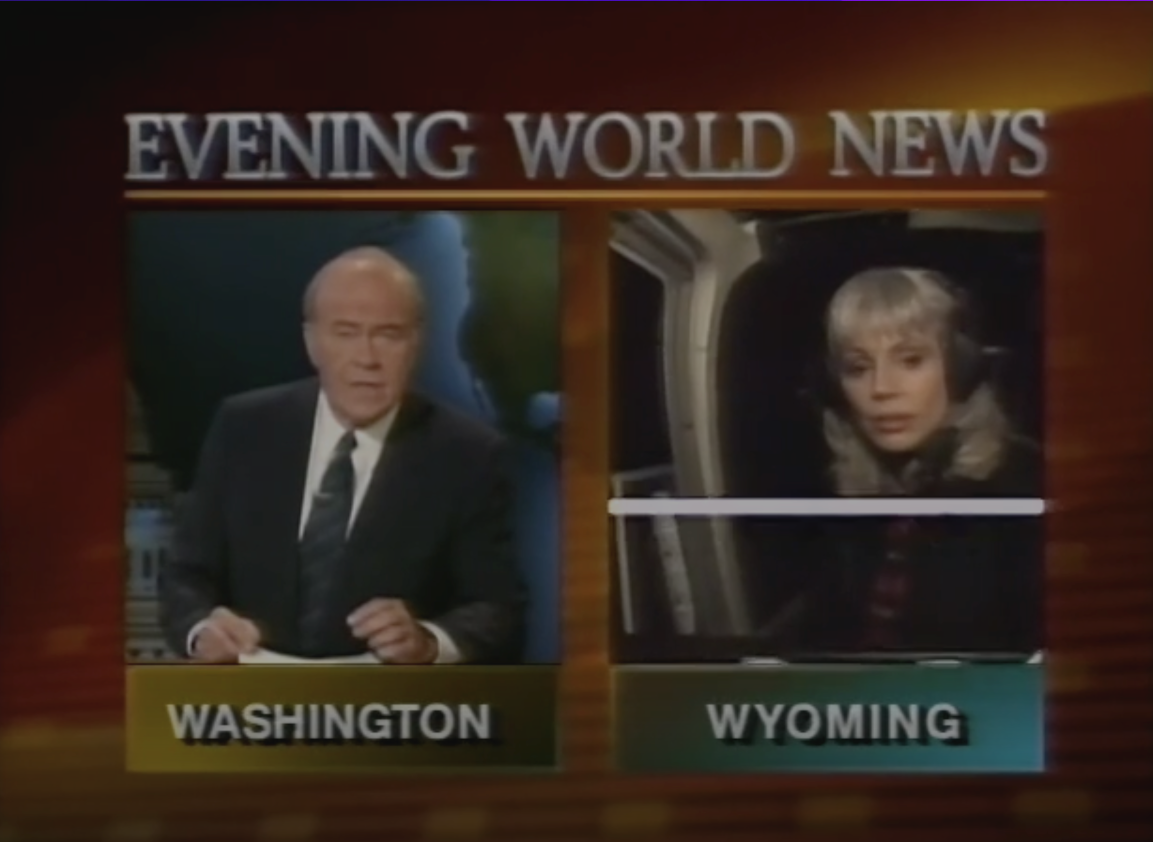
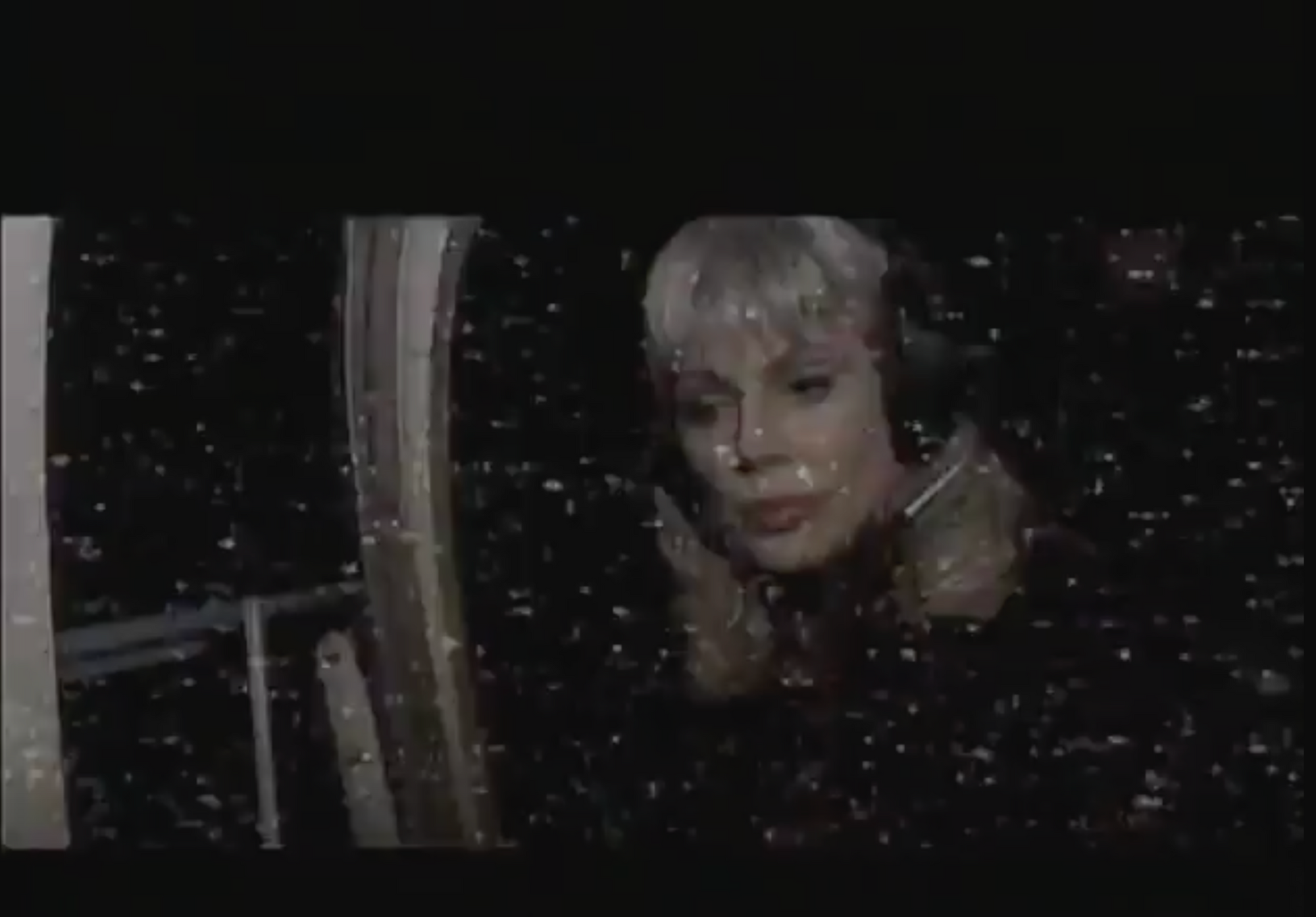
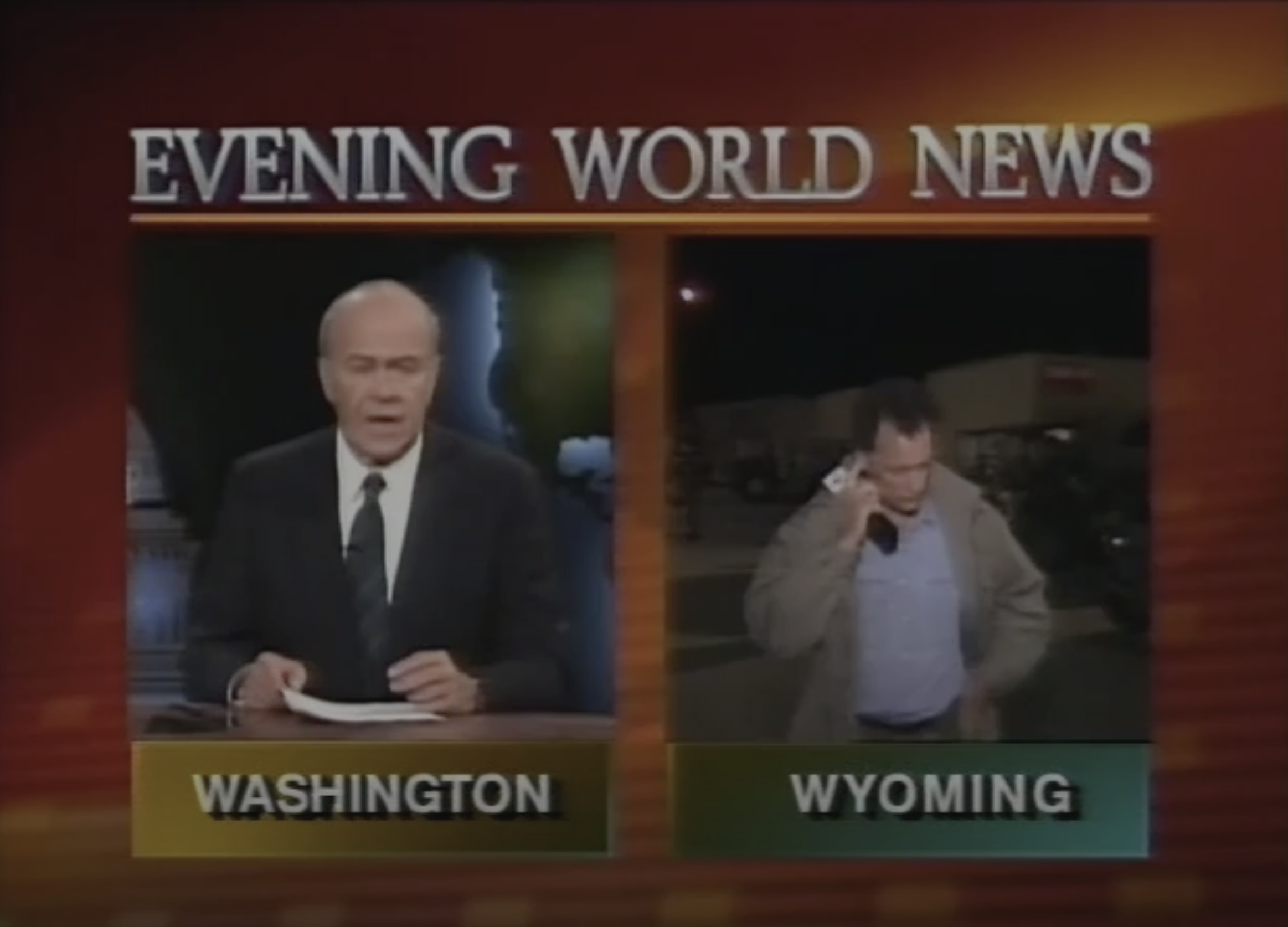
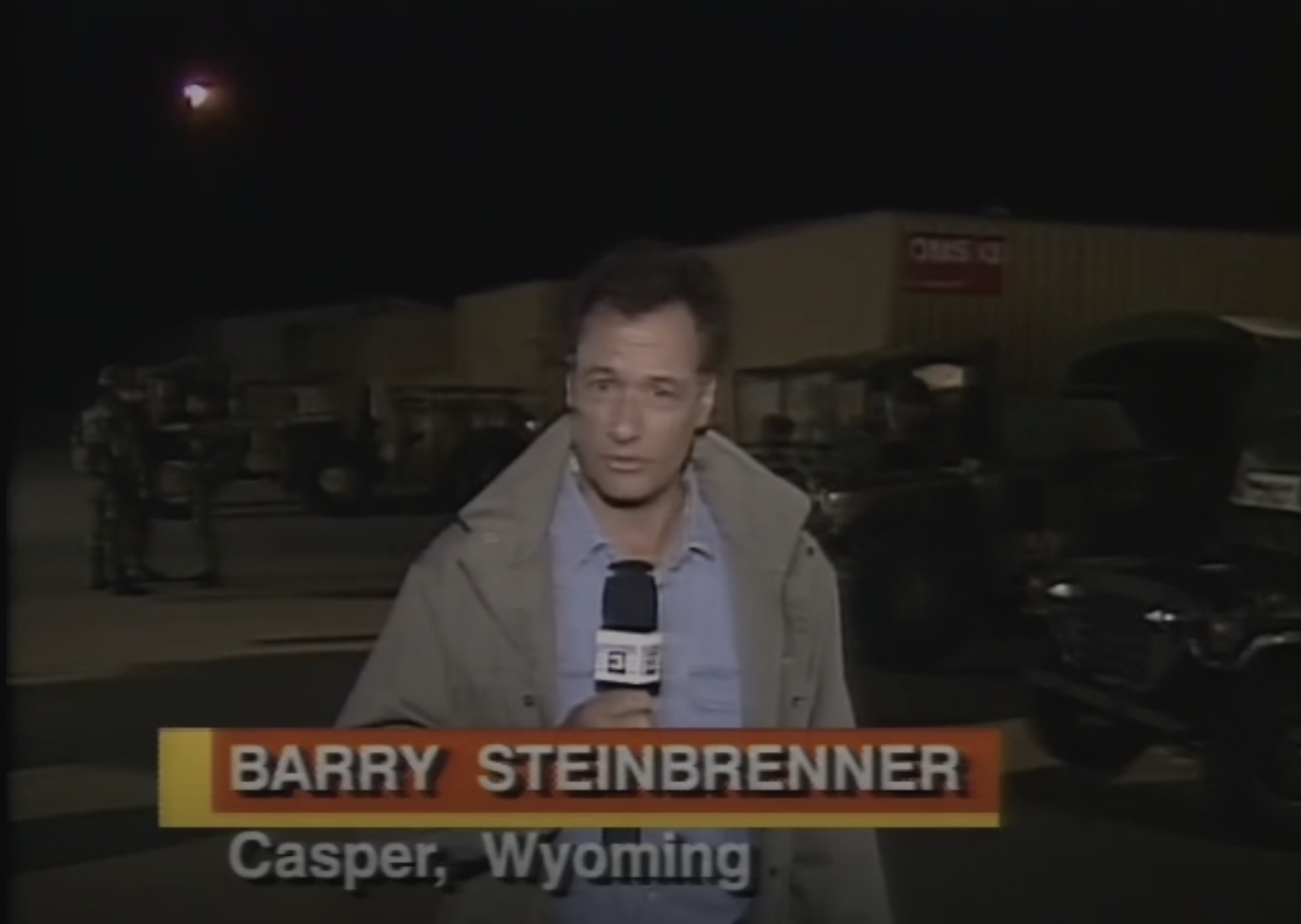
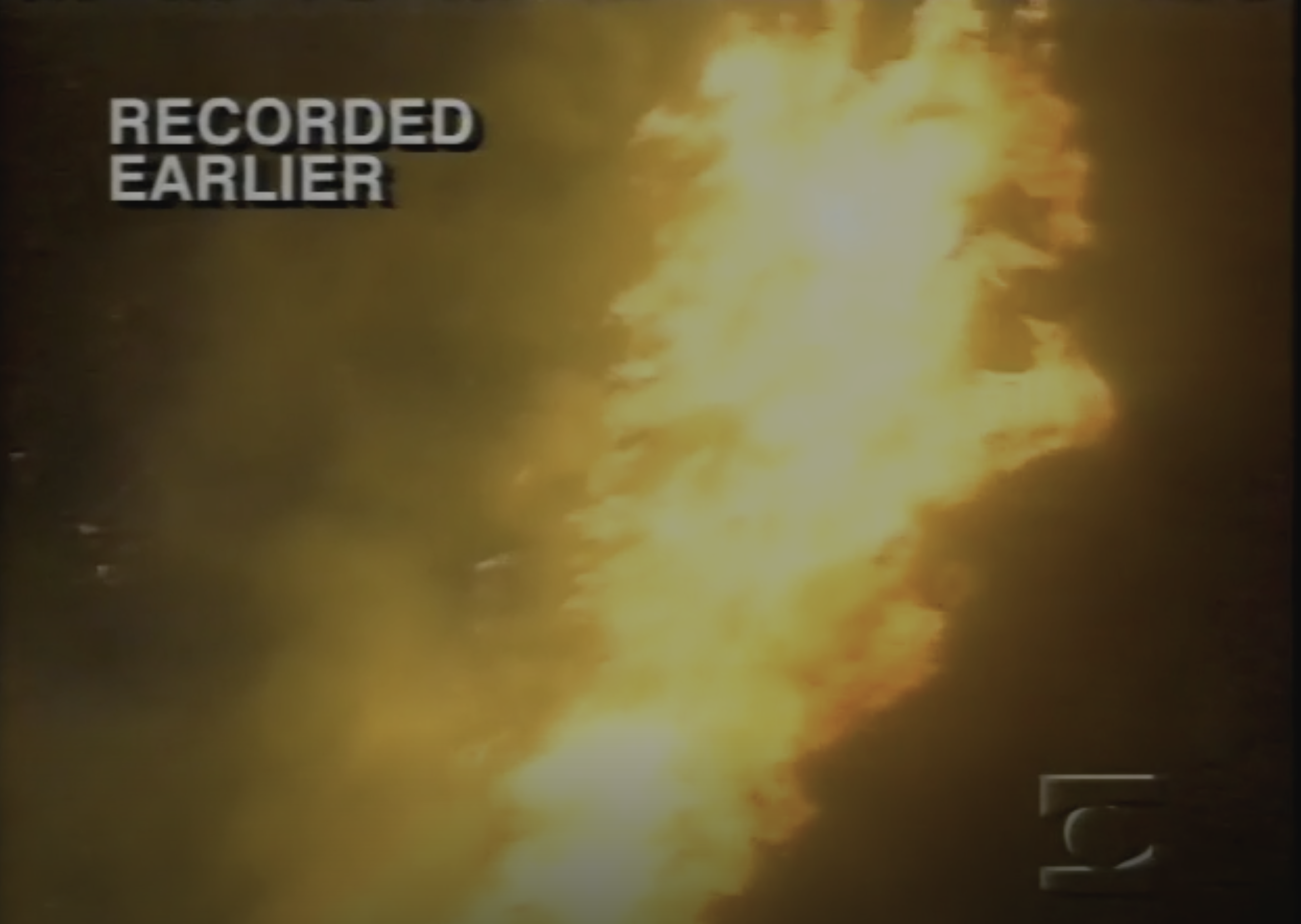
“It went from very supportive to some cities in the United States not even broadcasting it,” explains Wolper. “So it started off with just, you have to put a disclaimer at the beginning of the film and that was enough. And then they're like, no, now we actually think at every commercial break, you also have to put up a disclaimer. Then as we're getting closer to broadcast and affiliates, the other stations across the country saw it, then they decided, you know what? Every once in a while, we need to scroll the disclaimer on the bottom of the screen. And then some regions just themselves ran a disclaimer on the screen perpetually. And some cities like I think Detroit, which is a pretty big area, they didn’t even run the movie at all.”
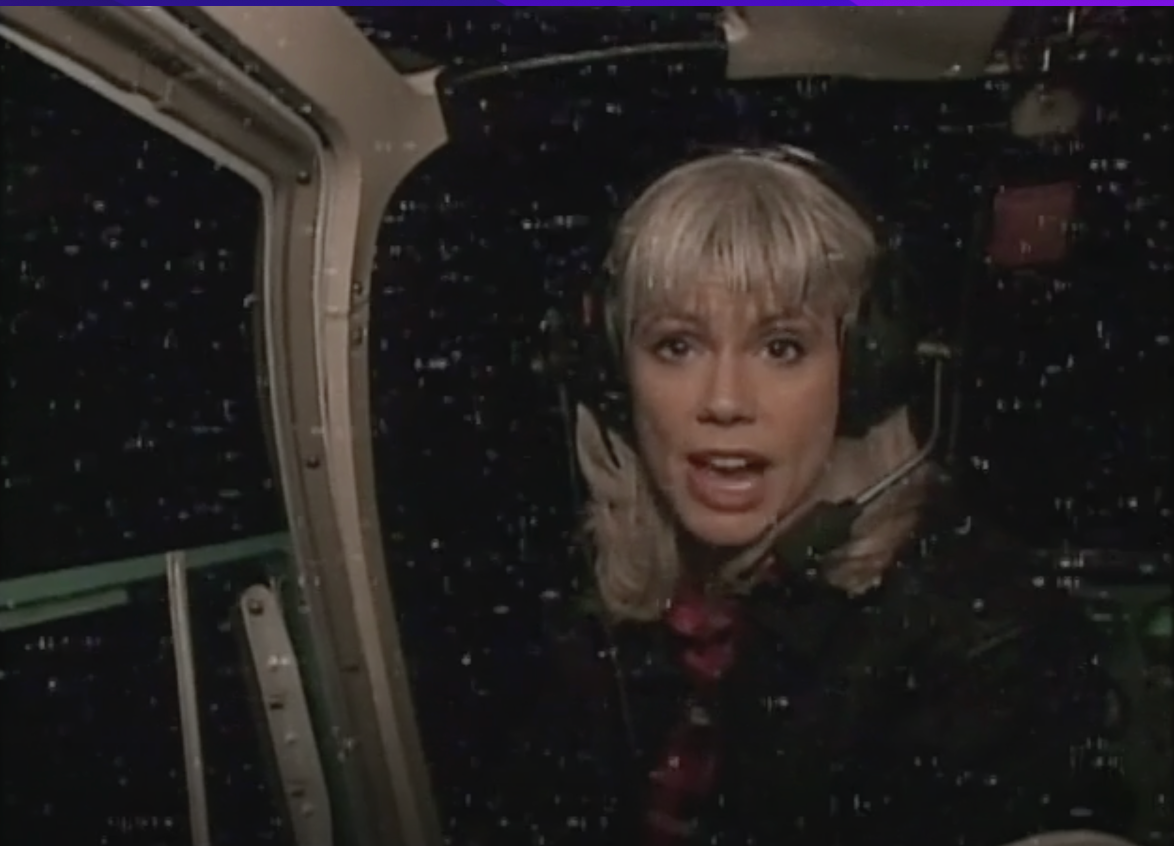
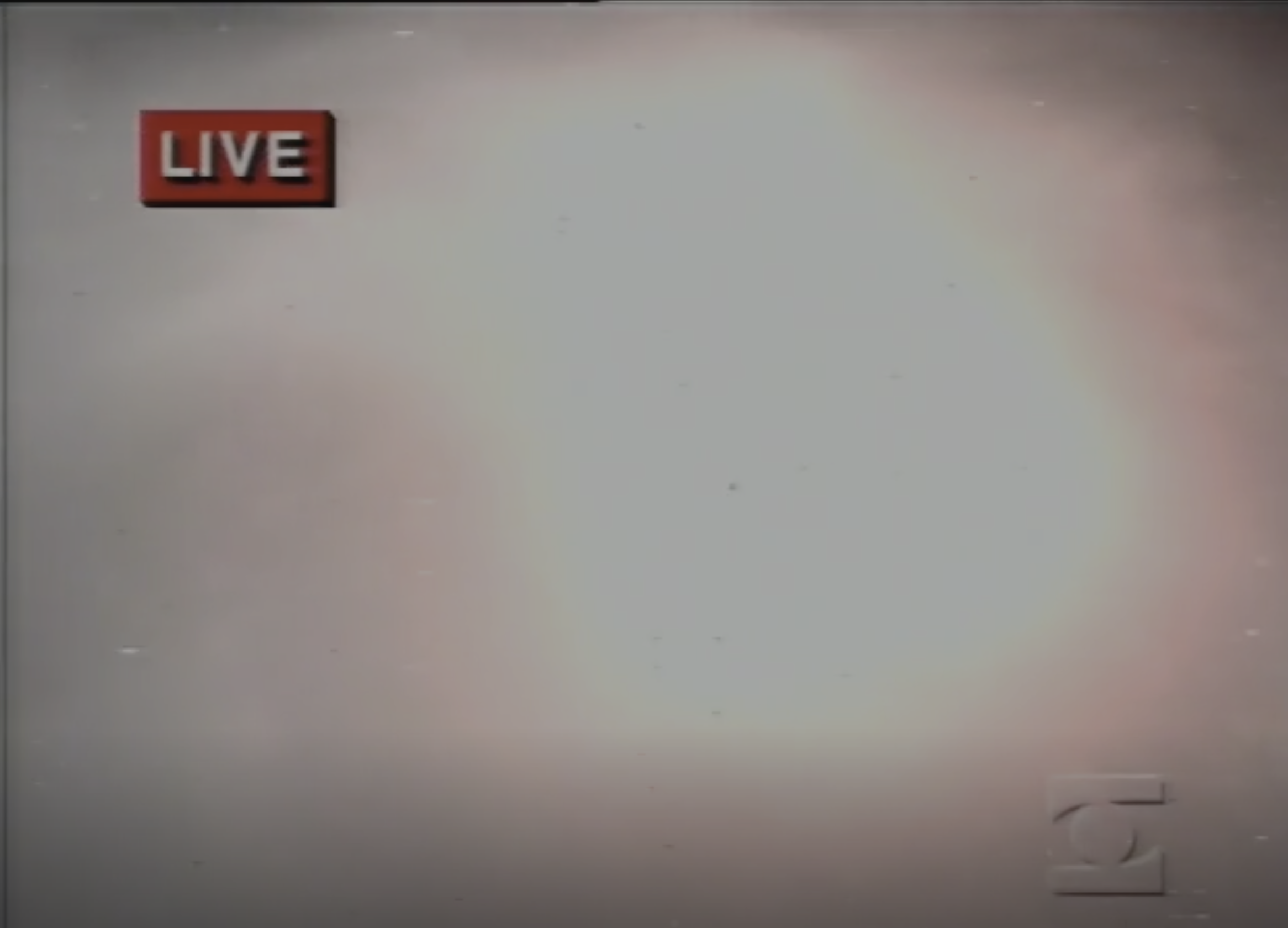
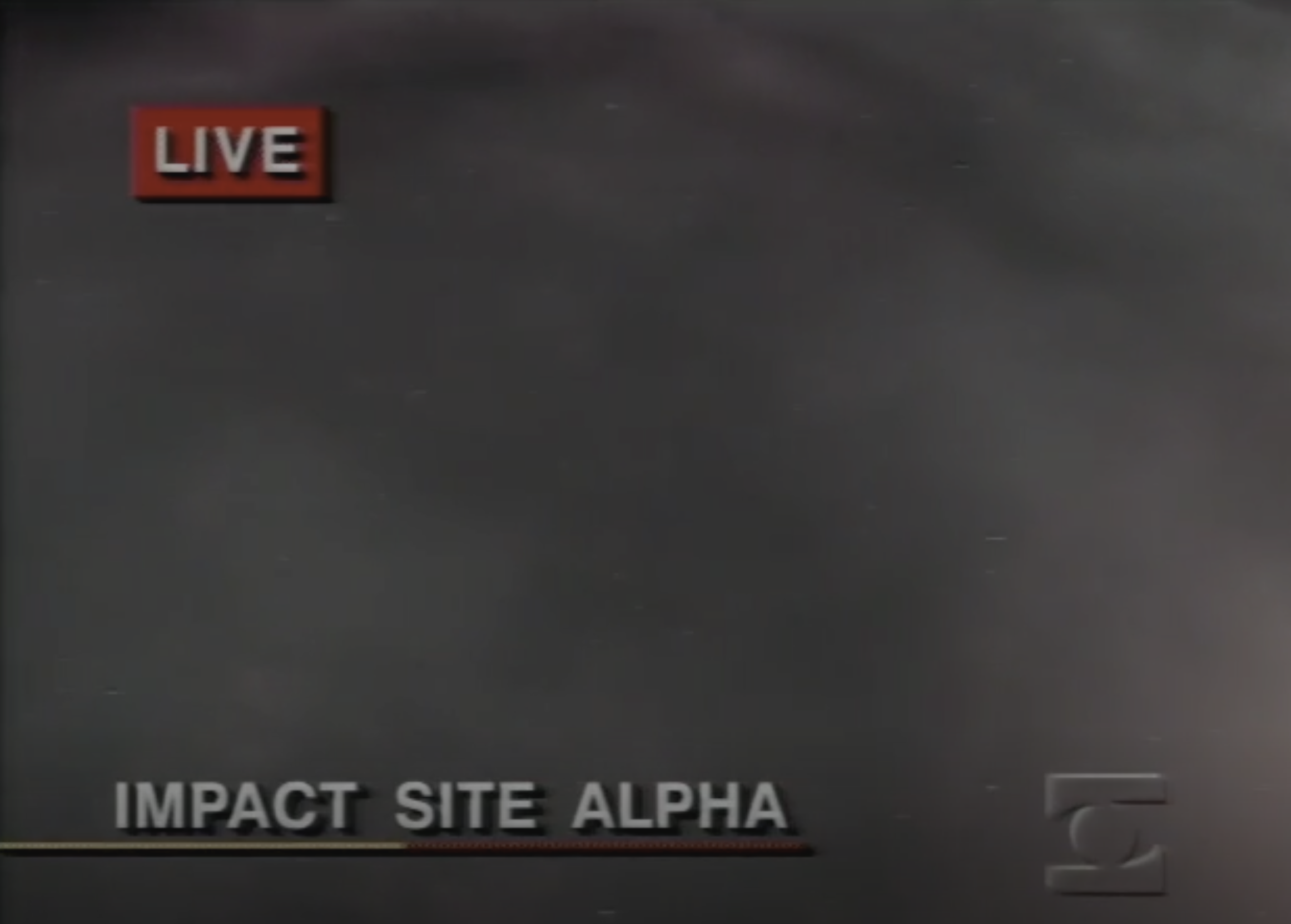
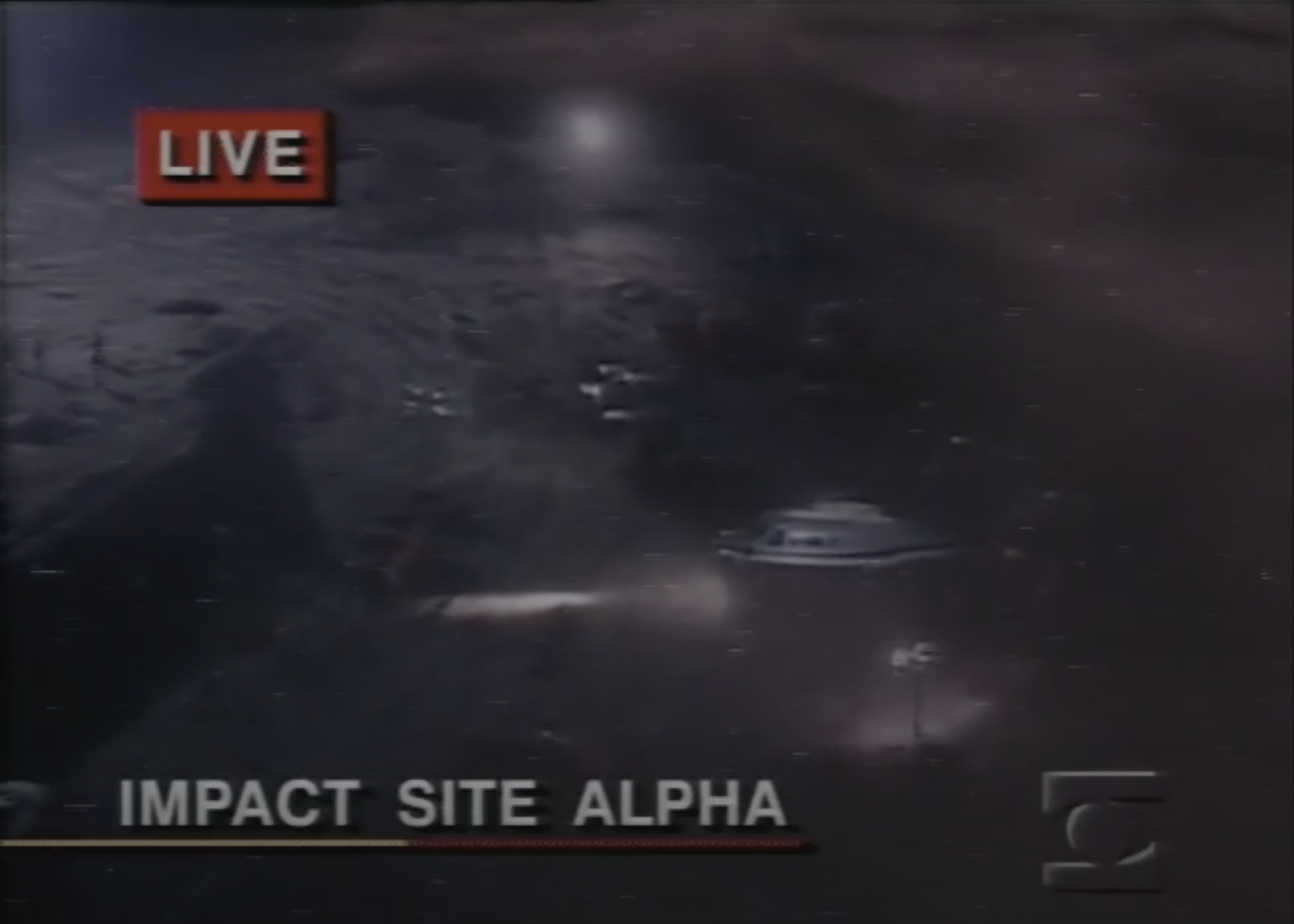
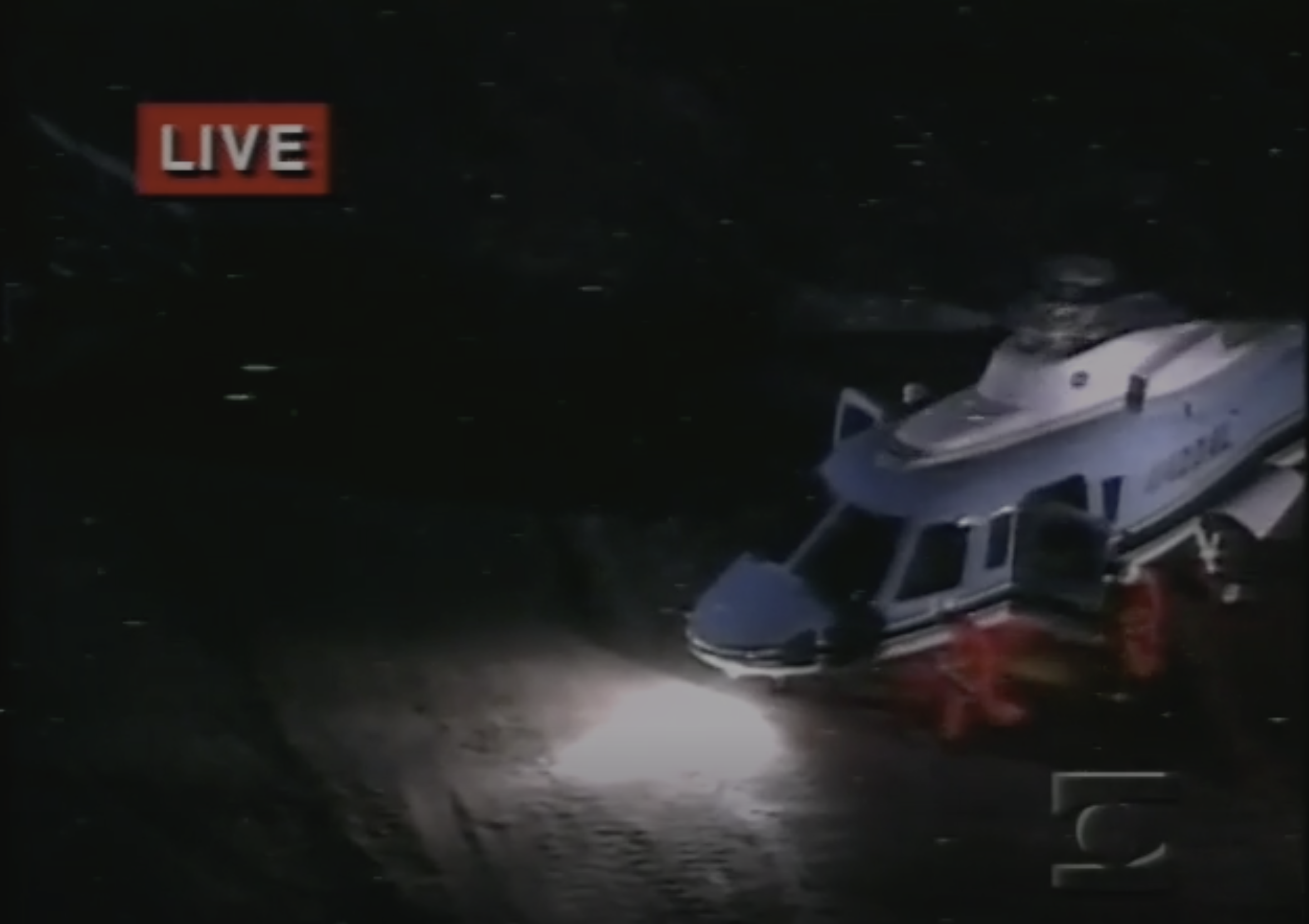
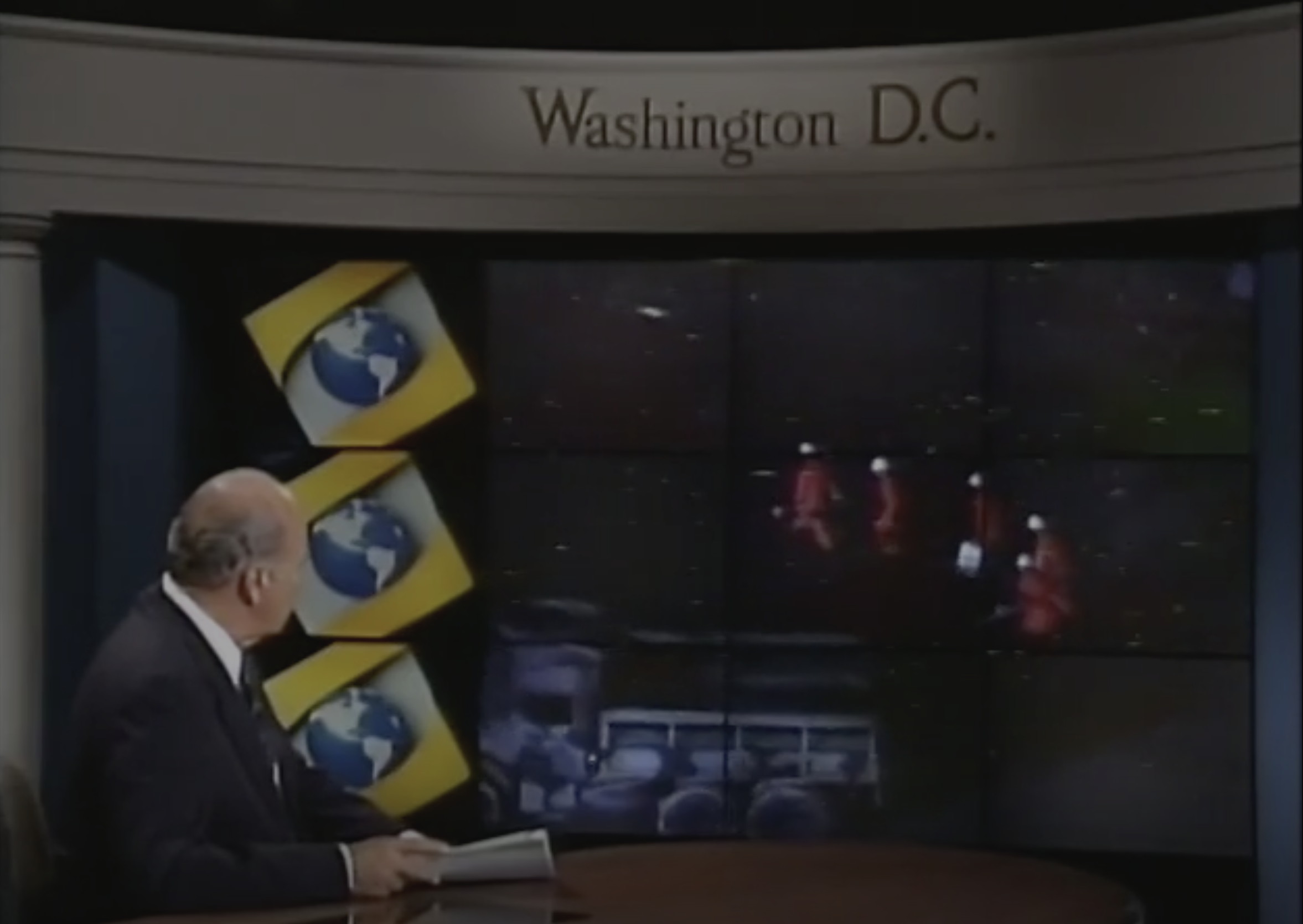
Even so, it still caused alarm. People watching it on the East Coast were calling their families in Wyoming and asking them if they were okay.
“They were still getting phone calls at the switchboard saying, why are none of other networks carrying this?” says Iscove. “If there were asteroids falling, why didn't CNN have it?”
The Quick Turnaround of Without Warning
One of the most incredible things I learned from talking to the filmmakers is how quickly everything was turned around. Peter Lance shares the first draft of his script with me which is stamped 27 August 1994. It was broadcast on 30 October. Principal photography was only 18 days.
“I just wrote night and day, 12-hour days for about two weeks, literally,” reveals Lance. “I was very energized by the thing.”
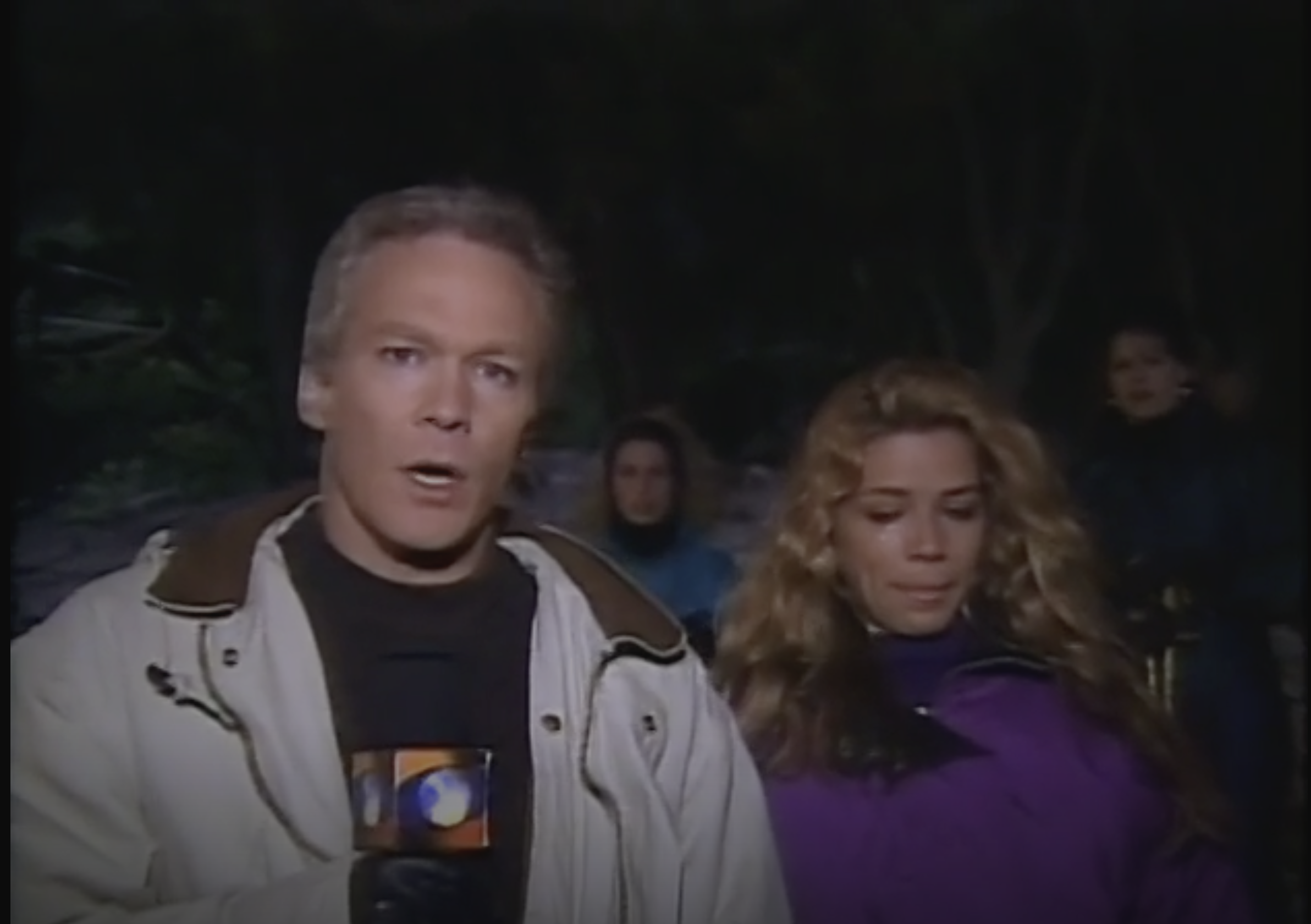
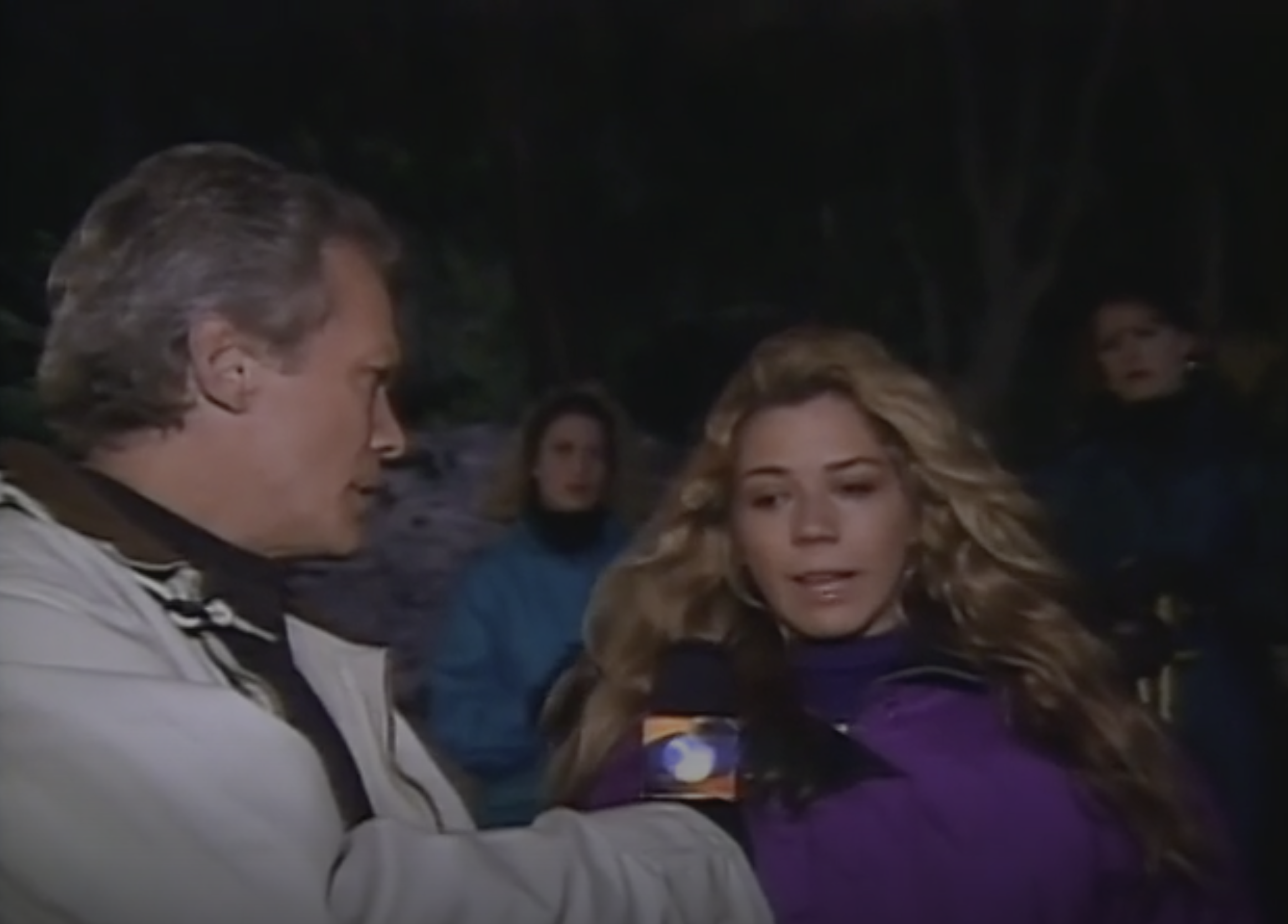
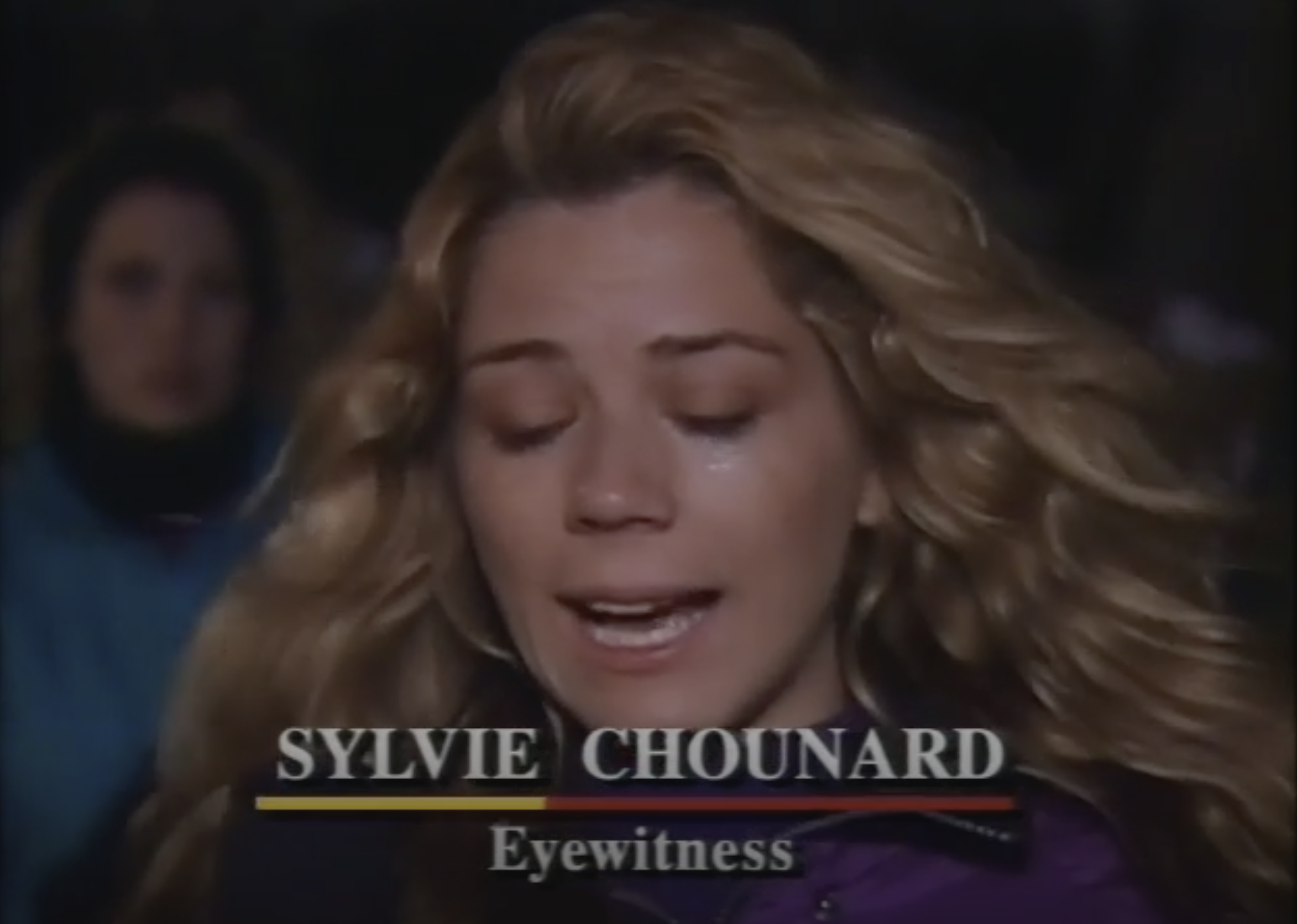
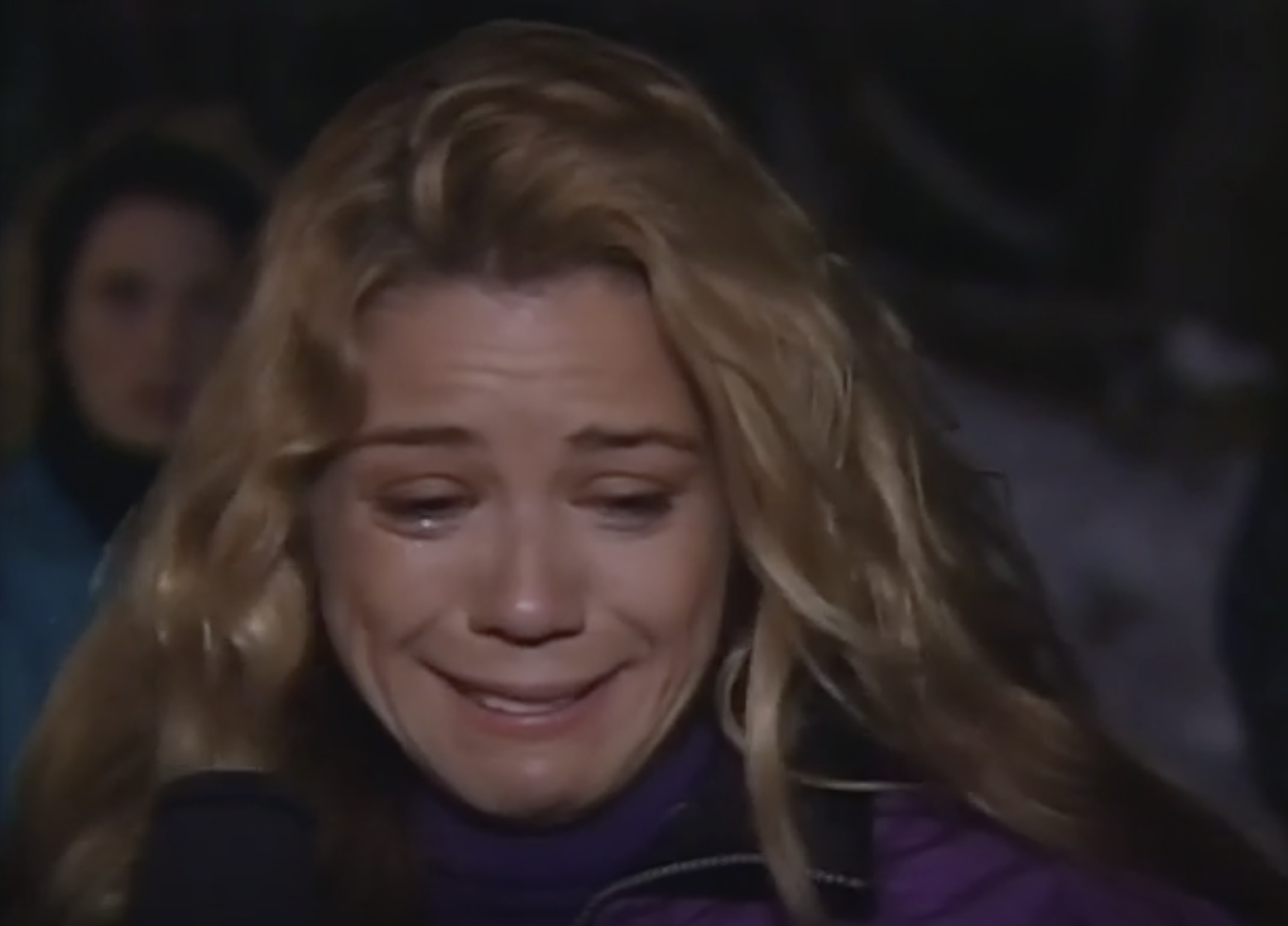
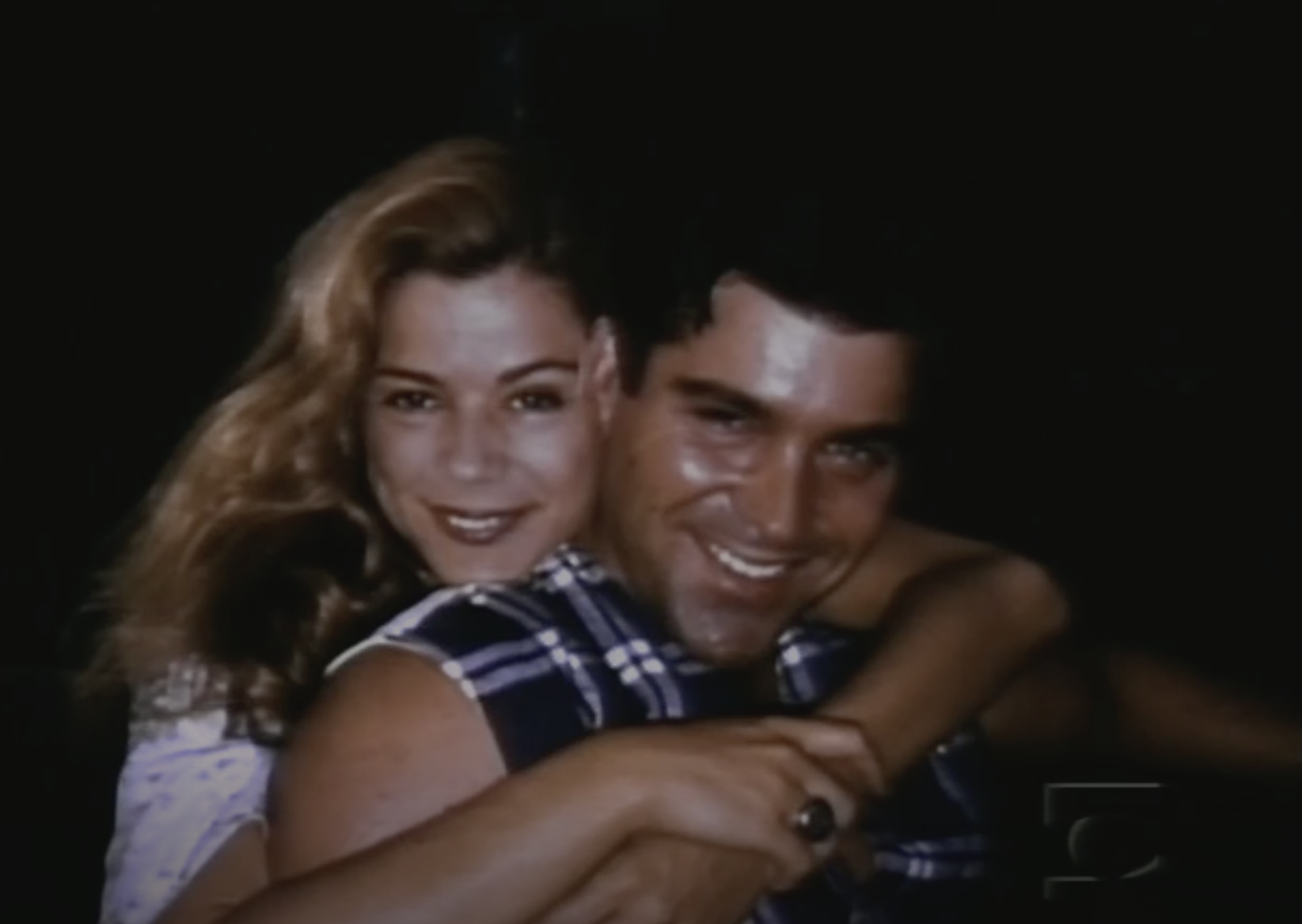
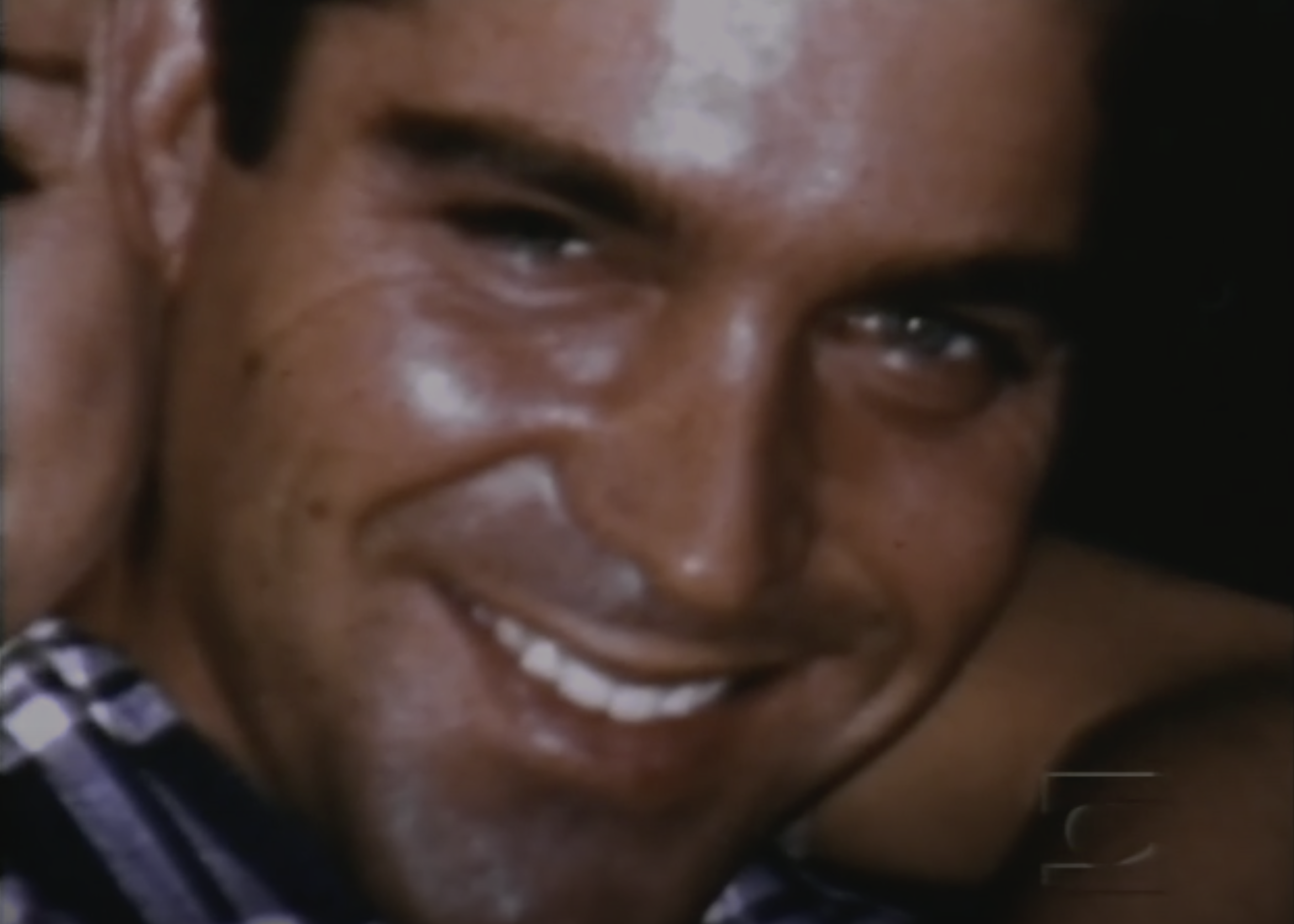
“Probably if we had thought about what we were doing, we would have said, no, there's no way in hell we can do this,” says Robert Iscove. “It was fast and furious. I had done enough multi-camera things because I had done variety shows early on in my career before I went into single-camera that figuring out how to do that and make it feel live was not really an issue for me. I had also done enough theatre that doing that live experience wasn't that difficult for me. And the fact that we were shooting on tape instead of film made it that much easier to get across.”
“Post-production was incredible,” remembers Lance. “When you see some of those scenes at NASA, the choreography of having a mass of actors and extras like that surround actors and get them on camera from the right angle where you're shooting and it's handheld. And then it moves into this inner room and then out again. I have to tell you, that's extraordinary directing in any medium. And then for Rob to have been able to put it together with Mark in post-production in that amount of time to make Halloween really was remarkable.”
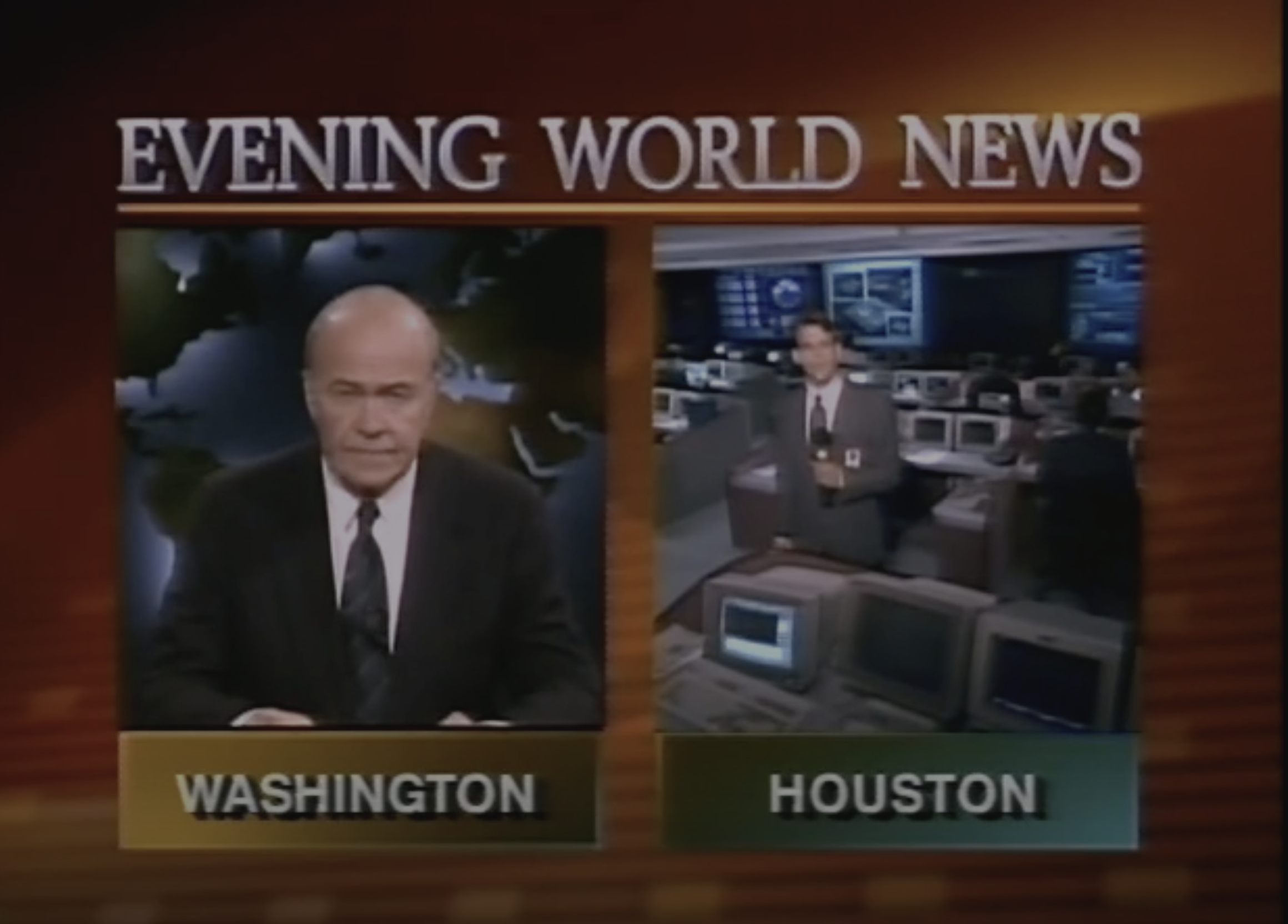
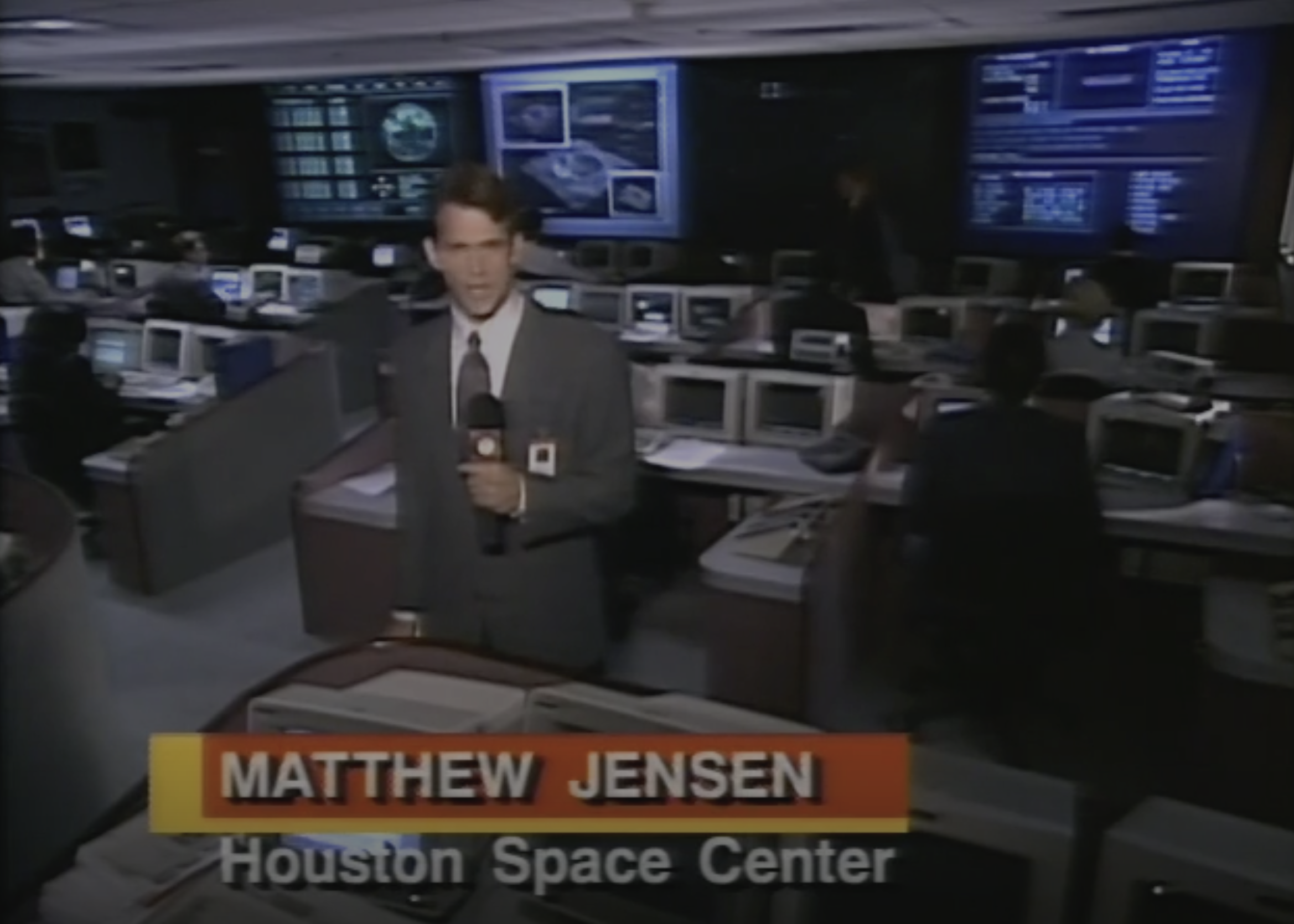
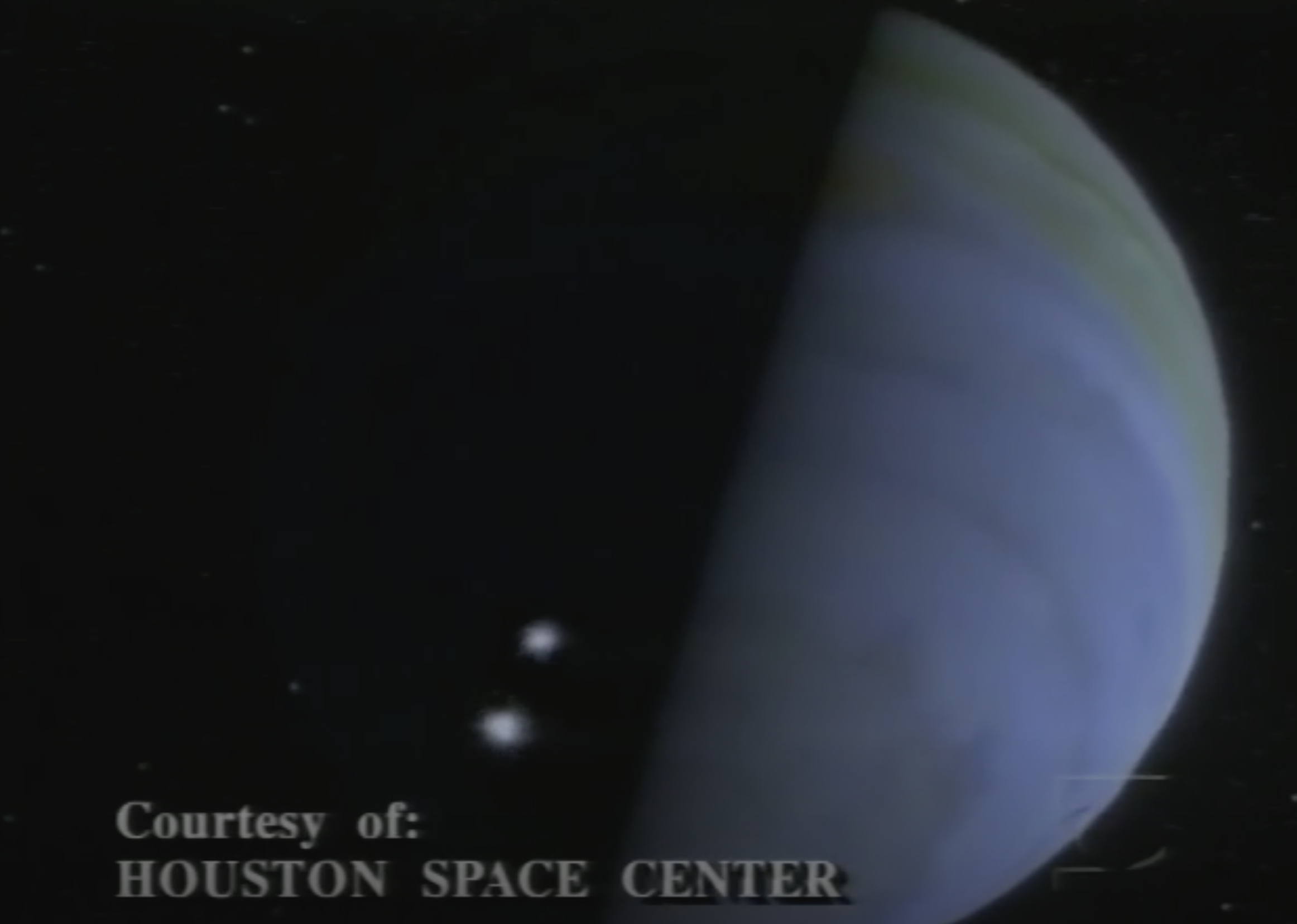
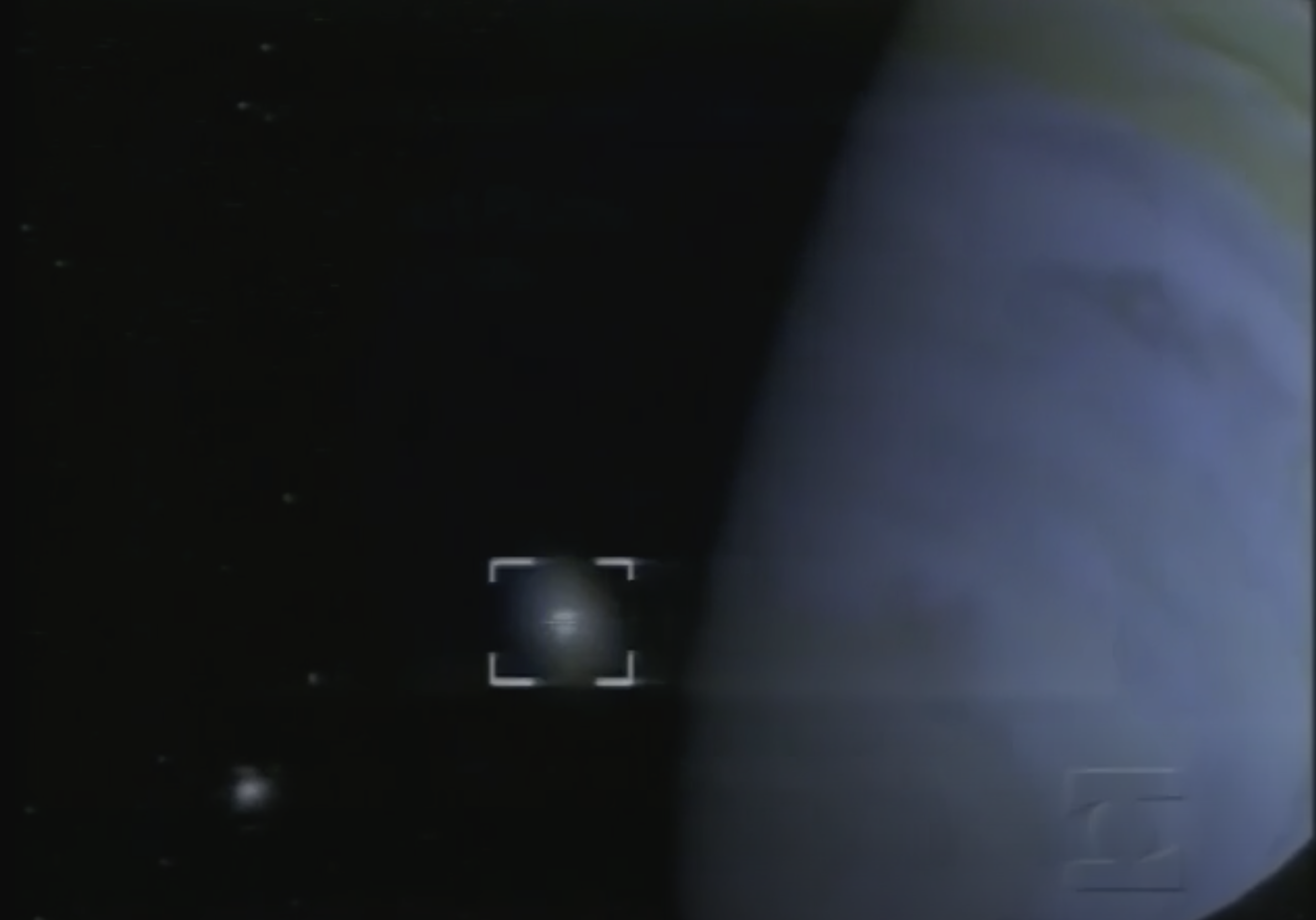
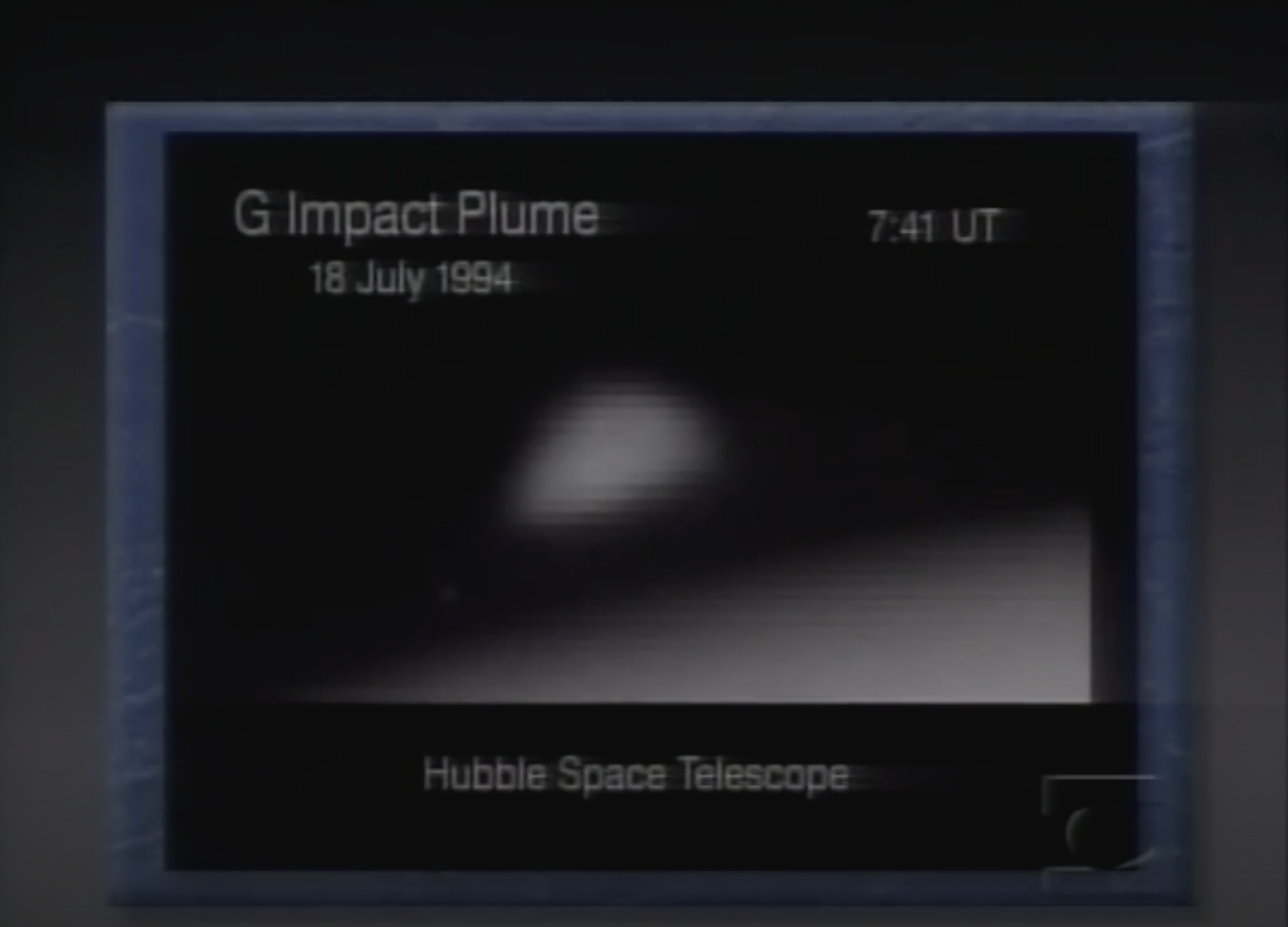
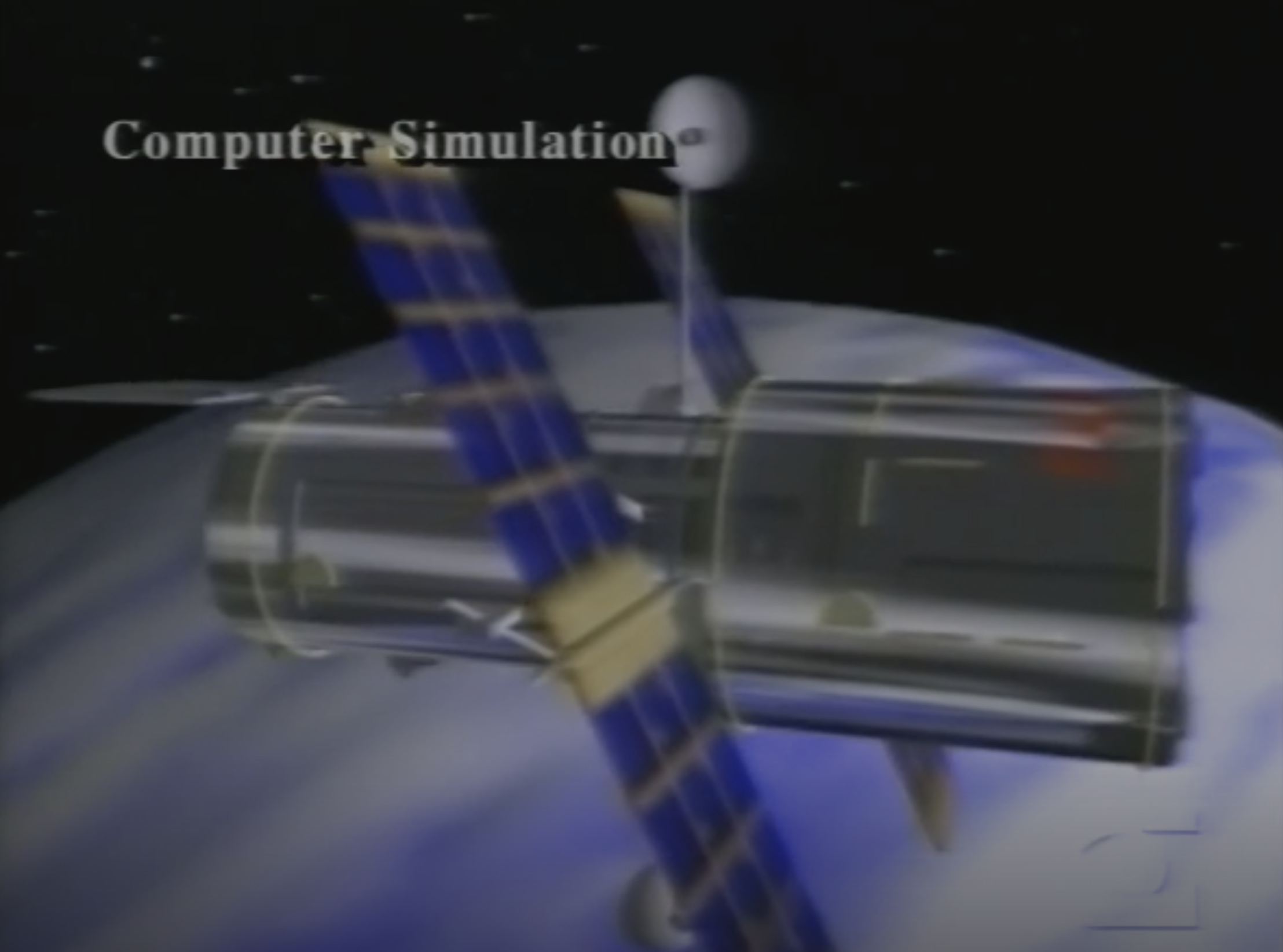
And while this is a fictional movie, you’ll be pleased to know that the science is absolutely on point. Lance visited the Jet Propulsion Laboratory and Iscove got permission to shoot an ante-room at the Federal Aviation Authority. Arthur C. Clarke agreed to be in it for God’s sake!
“I remember my assistant at the time was calling Clarke in Indonesia or something, and arranging the remote interviews while we were shooting something else,” recalls the director.
Lance is certainly proud of the amount of work he put into the film’s technical authenticity.
“All the science on near-Earth asteroids is bulletproof, whether or not you believe that alien life forms could come to Earth,” he says. “The threats from these enormous killer rocks is ongoing and quite real.”
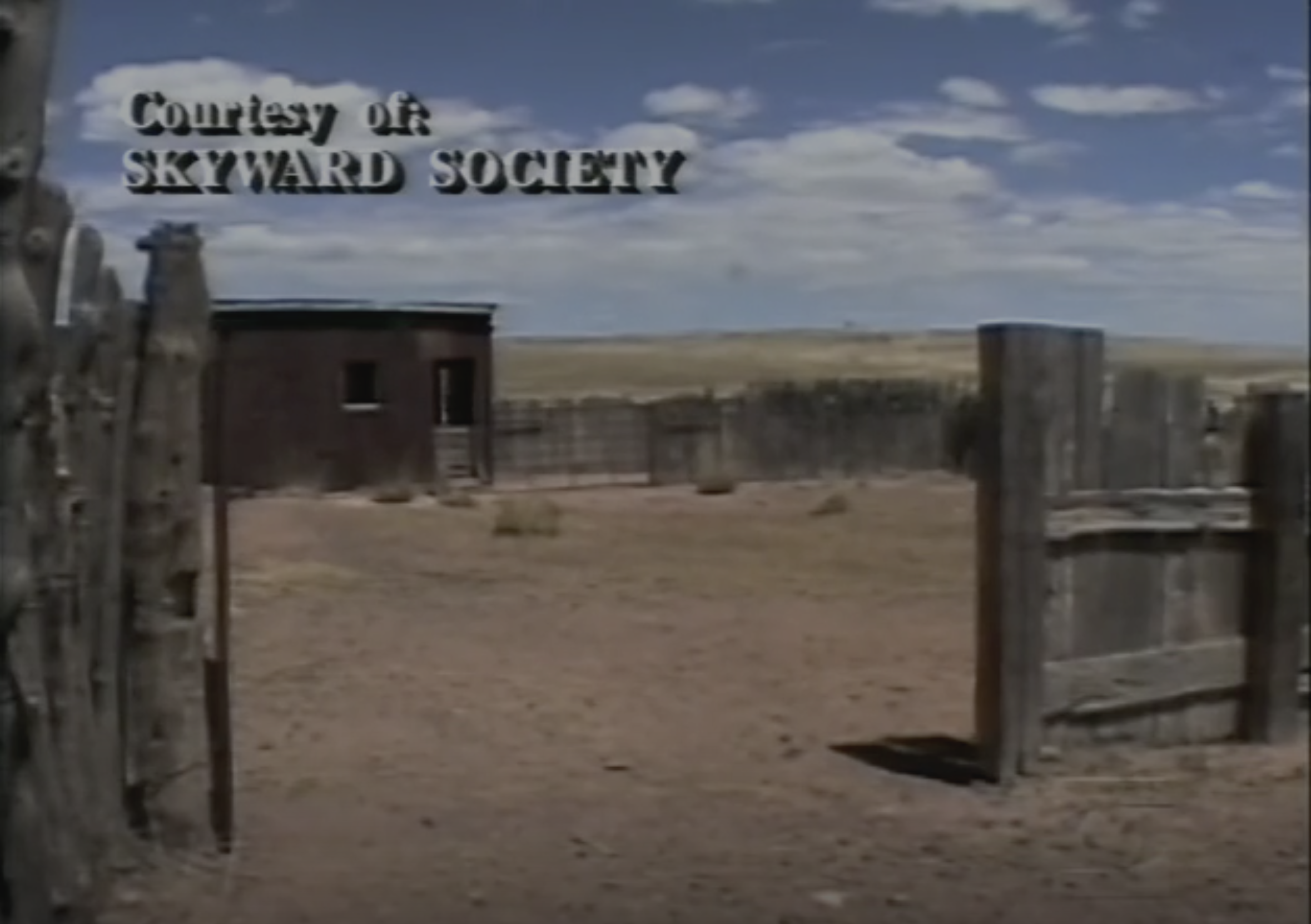
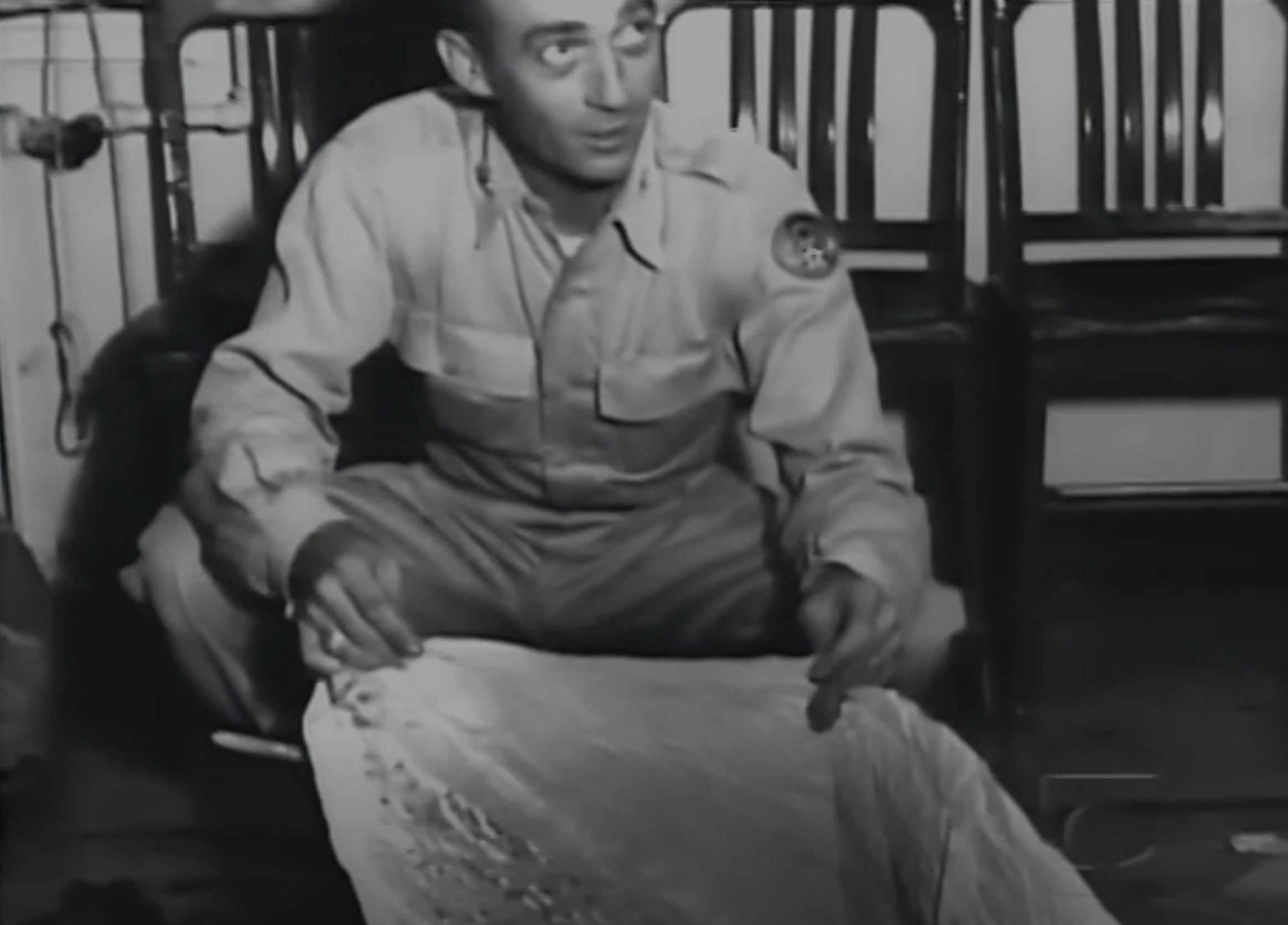
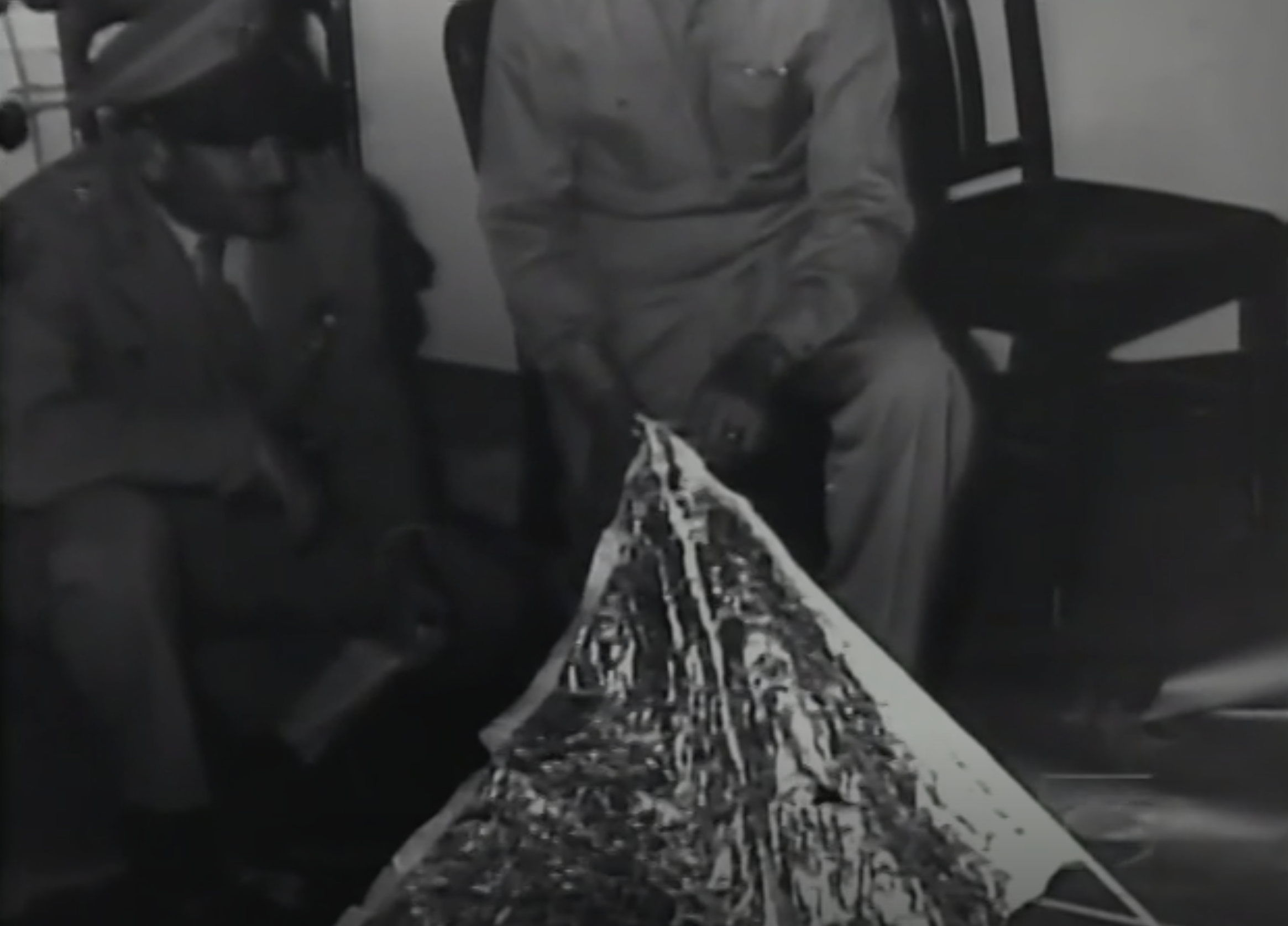
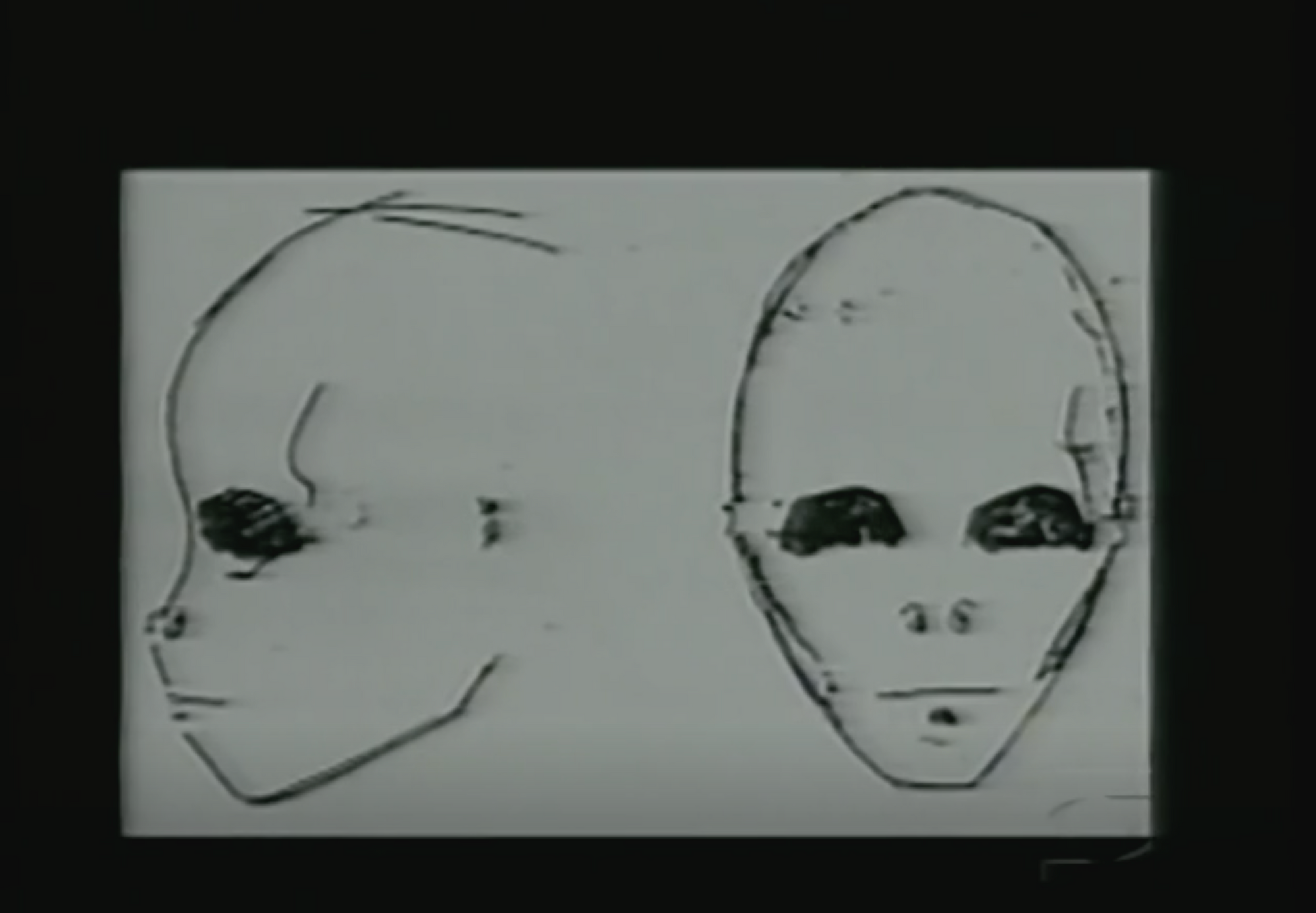
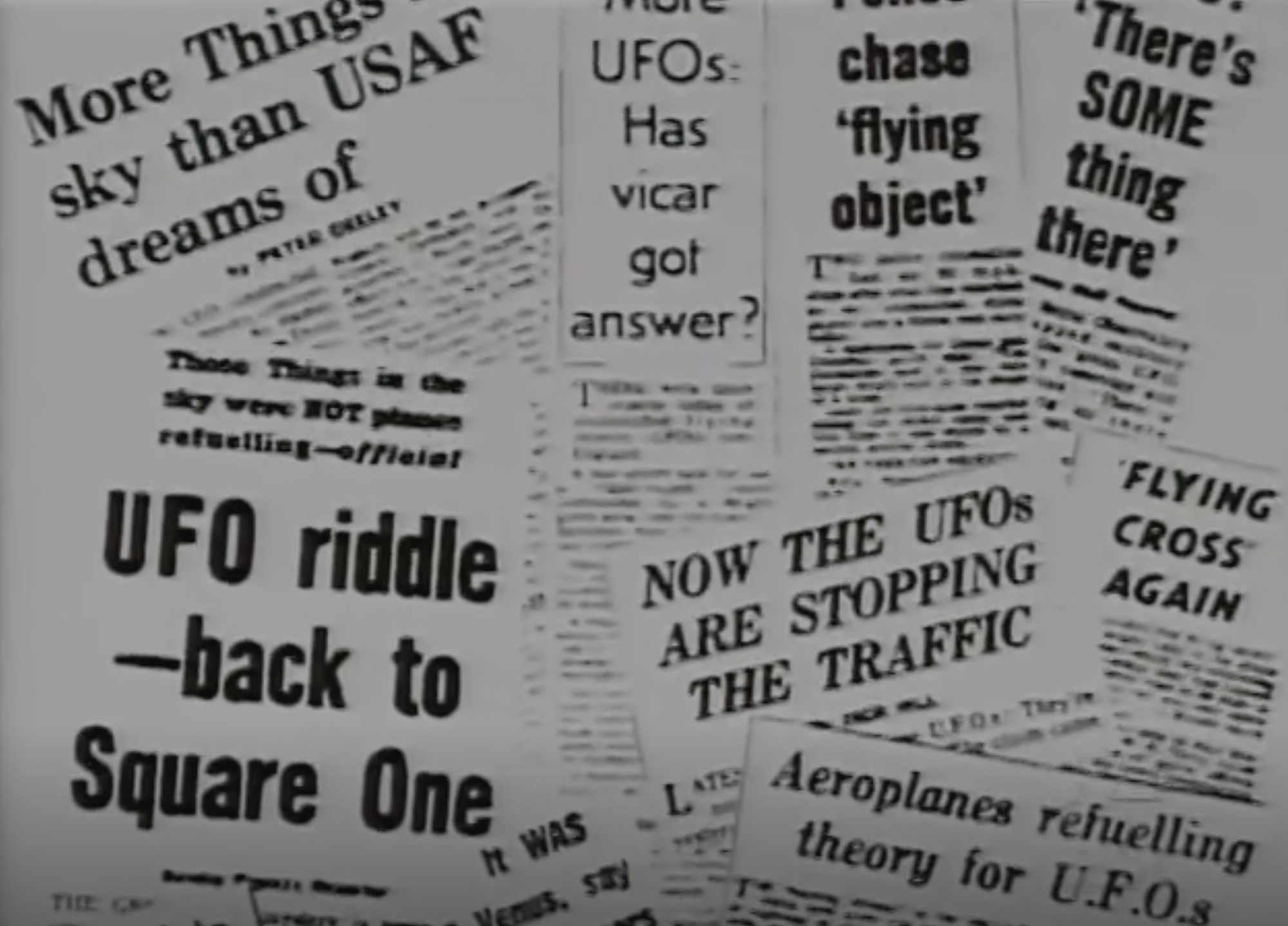
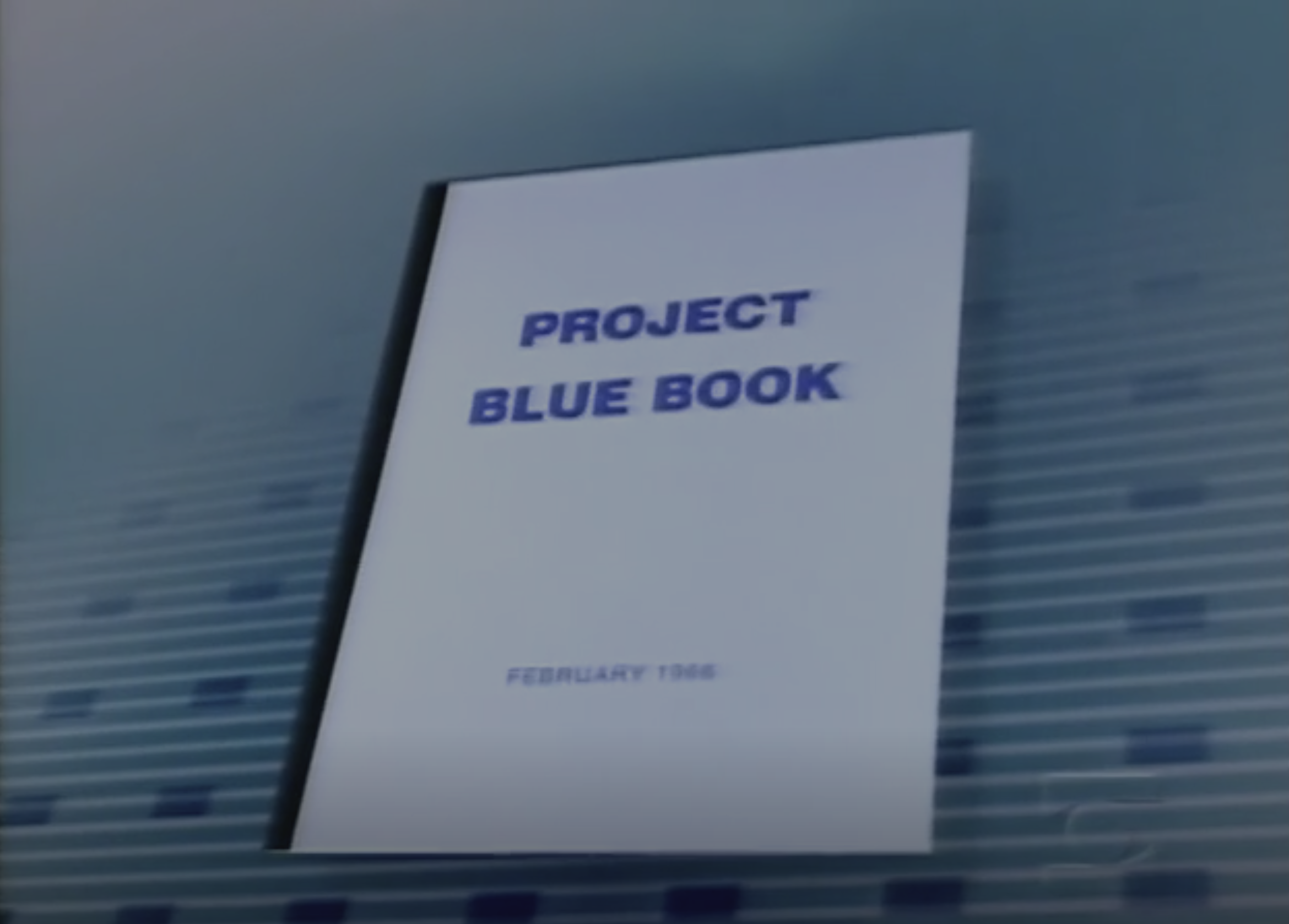
Apparently, Steven Spielberg was so impressed by the whole enterprise that it sparked his creative juices.
“I heard anecdotally, I can't know for sure that this happened, that Steven Spielberg saw the piece either on the air that night or shortly thereafter and began developing [Deep Impact],” says Lance.
Did Iscove know that? “No, I wasn’t aware,” he admits. “But I wondered why Steven never hired me!”
Reflecting on Without Warning
Hopefully, I’ve given you some insight into why Without Warning sparked such joy in me over twenty years ago. It continues to be rare that I fall into a film I know nothing about and none of them have stuck with me the way Without Warning did and does. It is pleasing to see that other people like it too, despite its apocalyptic finale, and because you truly need to feel the visceral thrill of watching it in the moment to get something of the same taste as those tricked by Orson Welles back in 1938. How could you fully fall into the concept when you’re watching it on demand?
Iscove himself hasn’t seen it since before the millennium. When I reached out to cinematographer John Beymer he kindly sent me a very polite response admitting he couldn’t really remember much about it. Wolper is still proud of it, although its gimmicky conceit means it didn’t do the numbers or enjoy the repeats of much inferior content.
Still, Lance tells me, “To have you react so positively and then to see that this thing got an airing on YouTube eight years ago and that there were so many positive comments was just heart-warming.”
Adds Wolper, “I don't even know if it could work again now in this world. Maybe do it as a podcast. We were playing a trick. And it was so much fun figuring out how we were going to fool the audience.”
Do yourself a favour – let yourself be fooled.
The cost of your membership has allowed us to mentor new writers and allowed us to reflect the diversity of voices within fandom. None of this is possible without you. Thank you. 🙂





